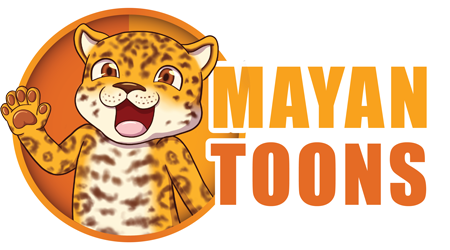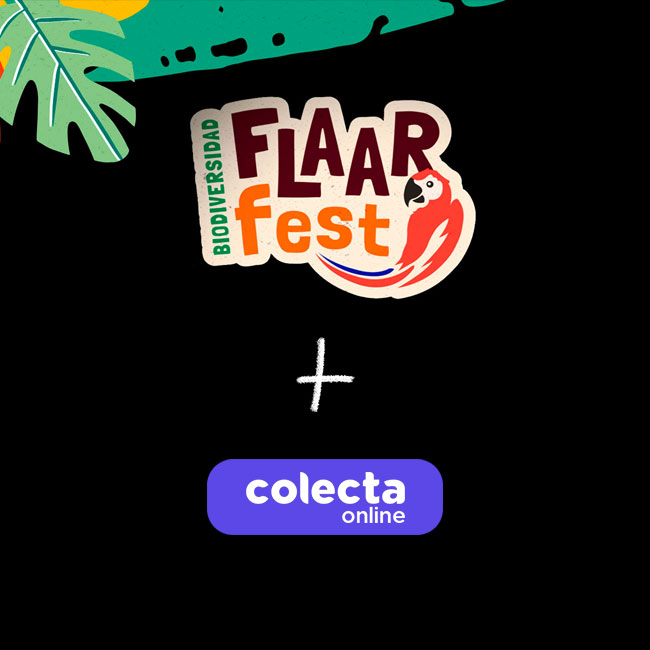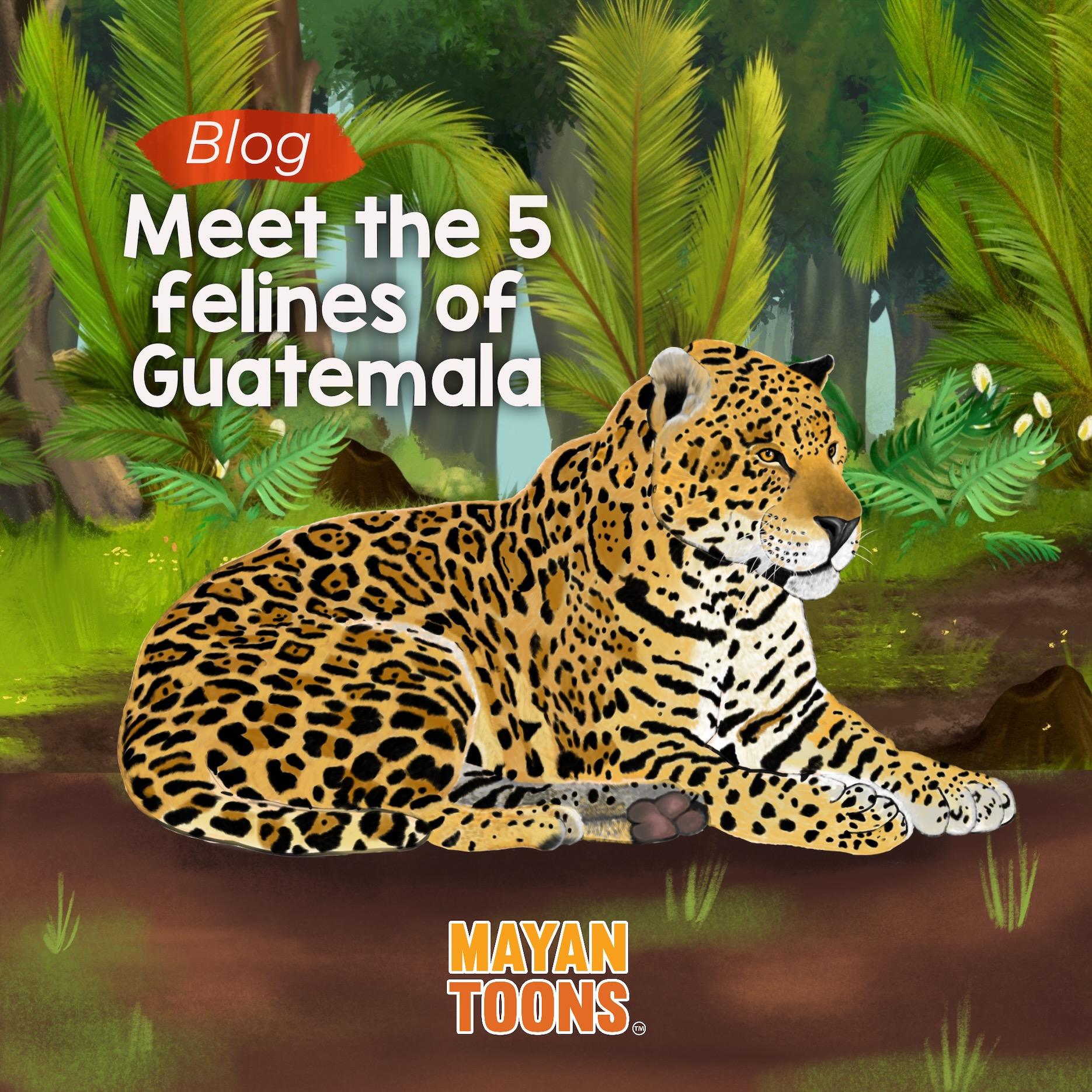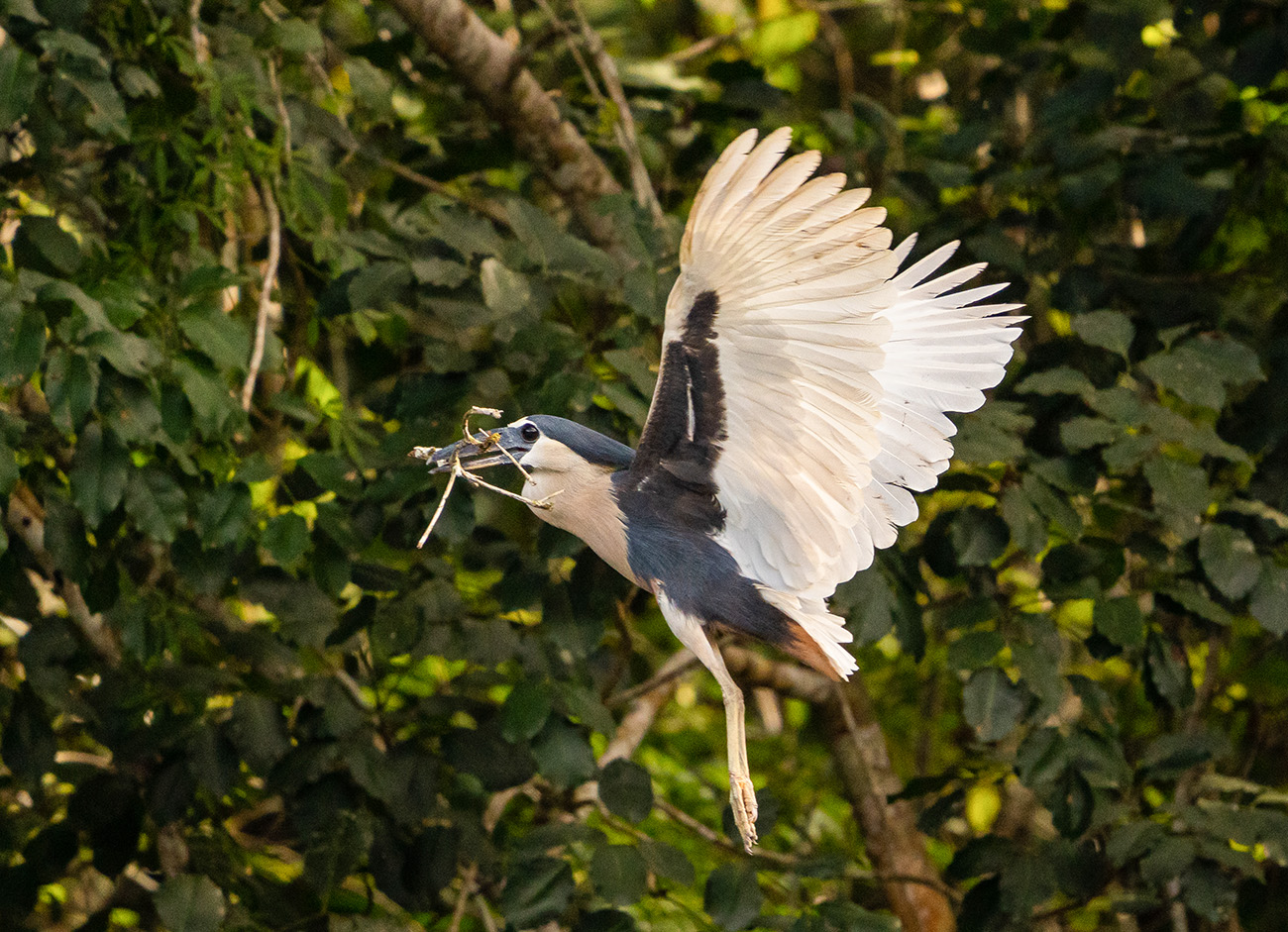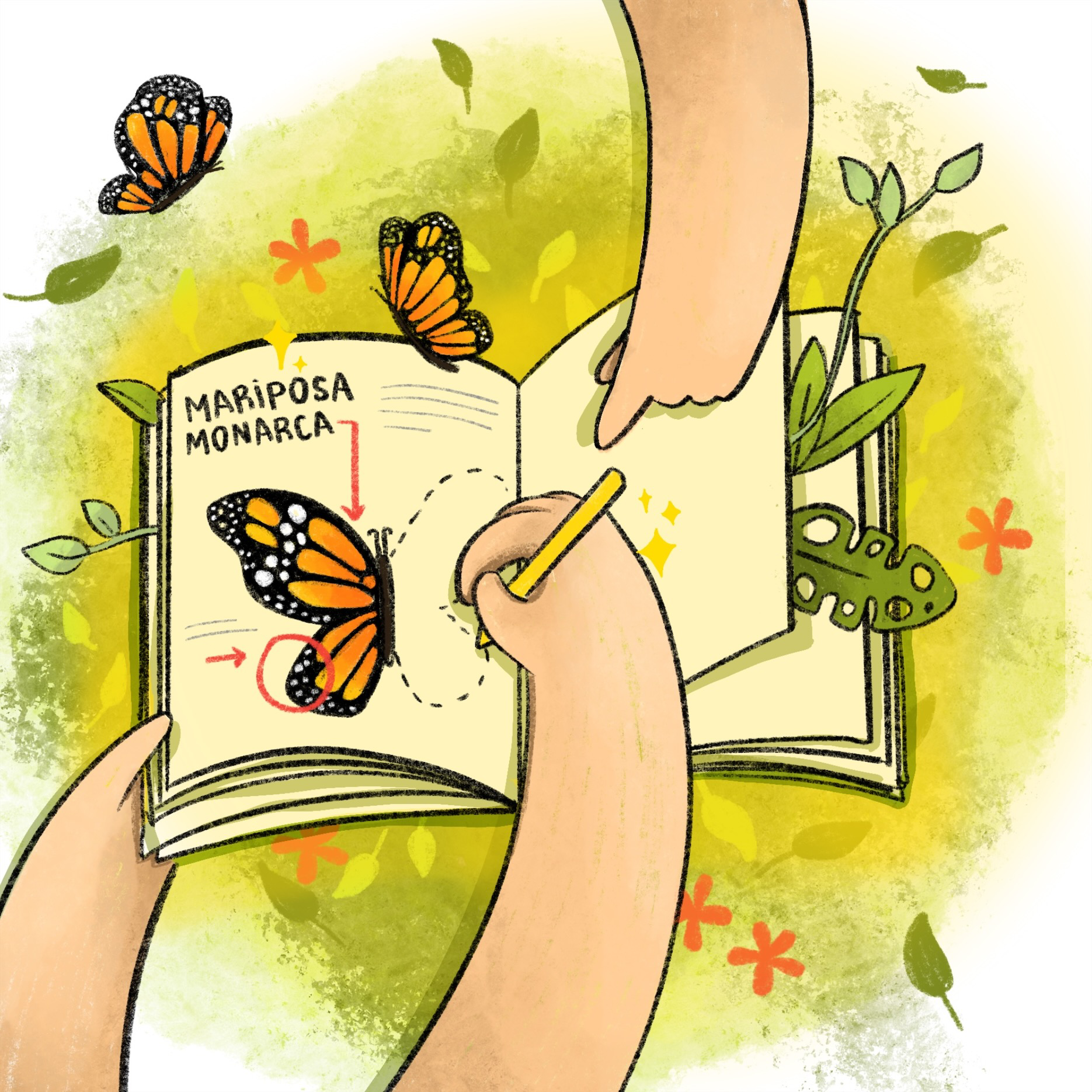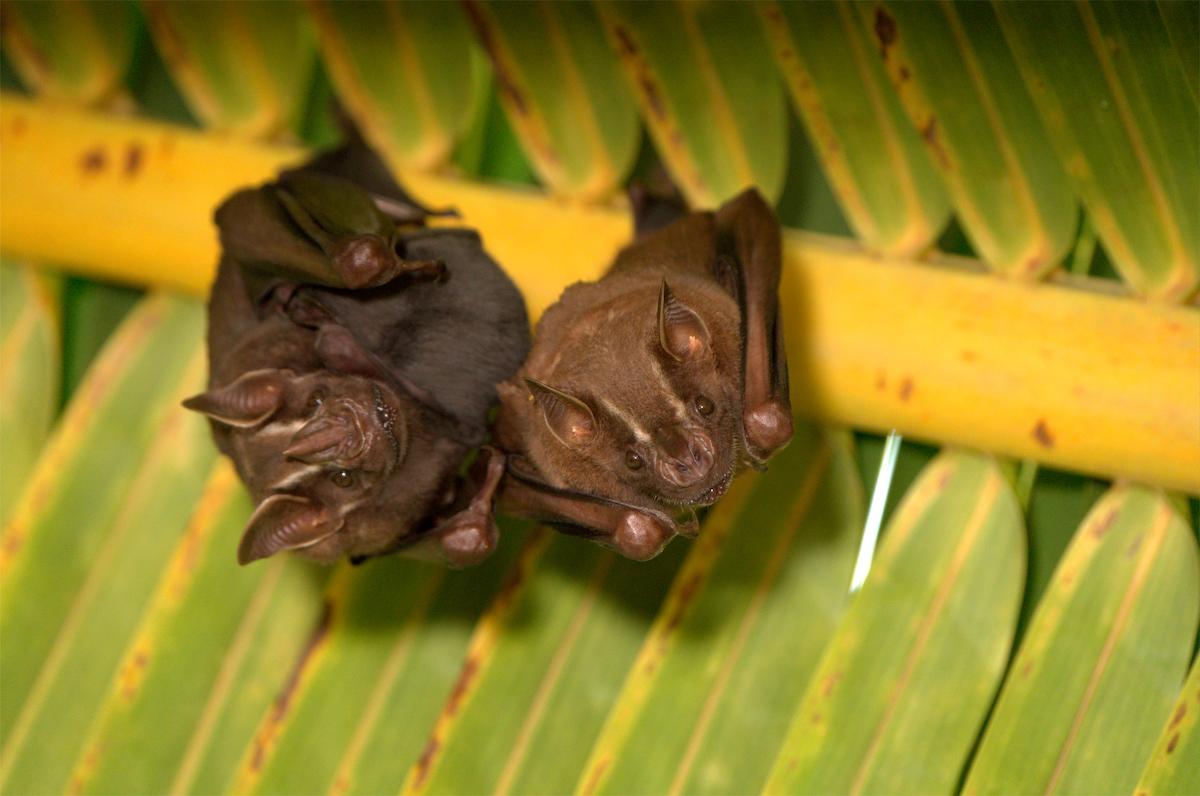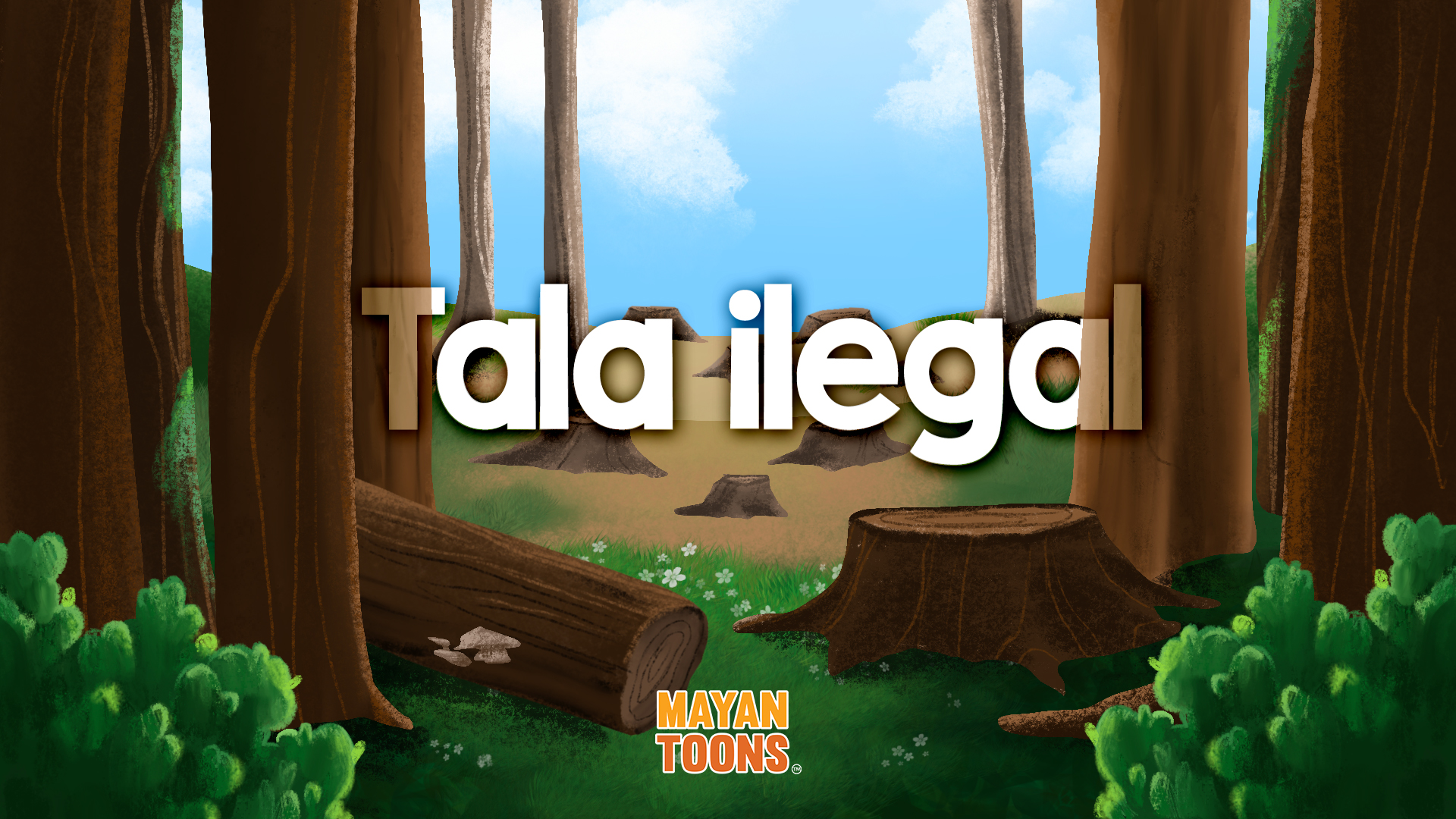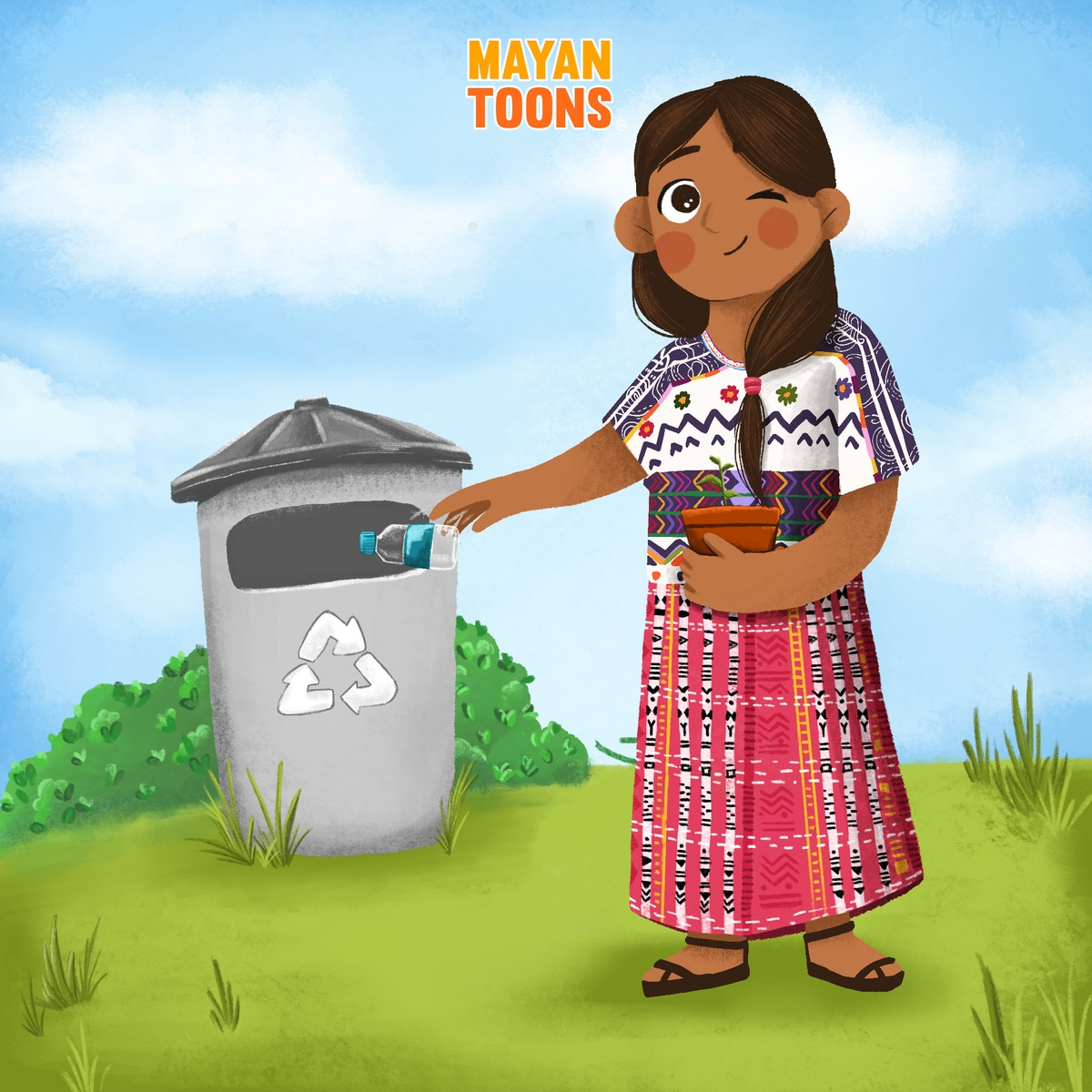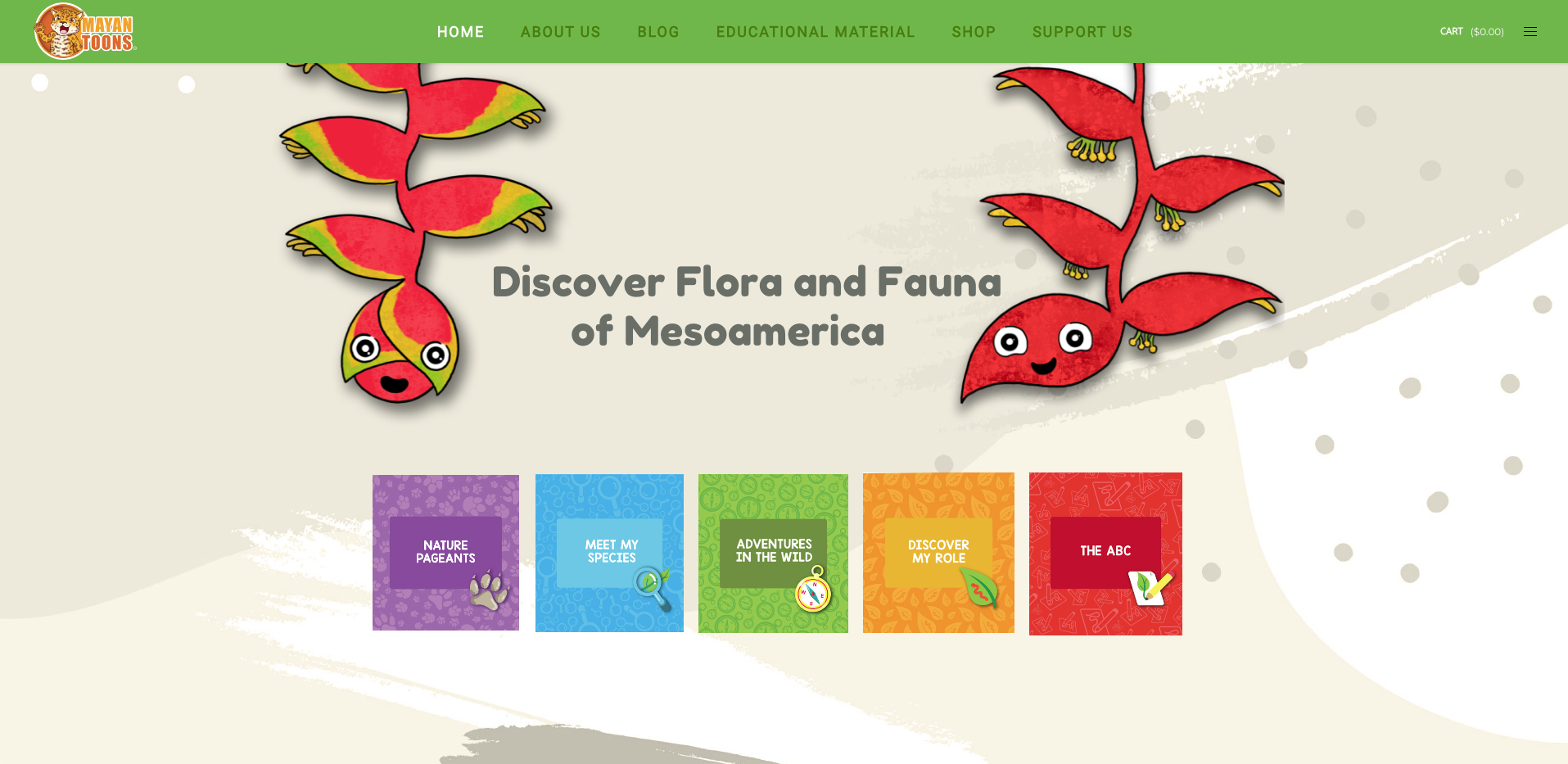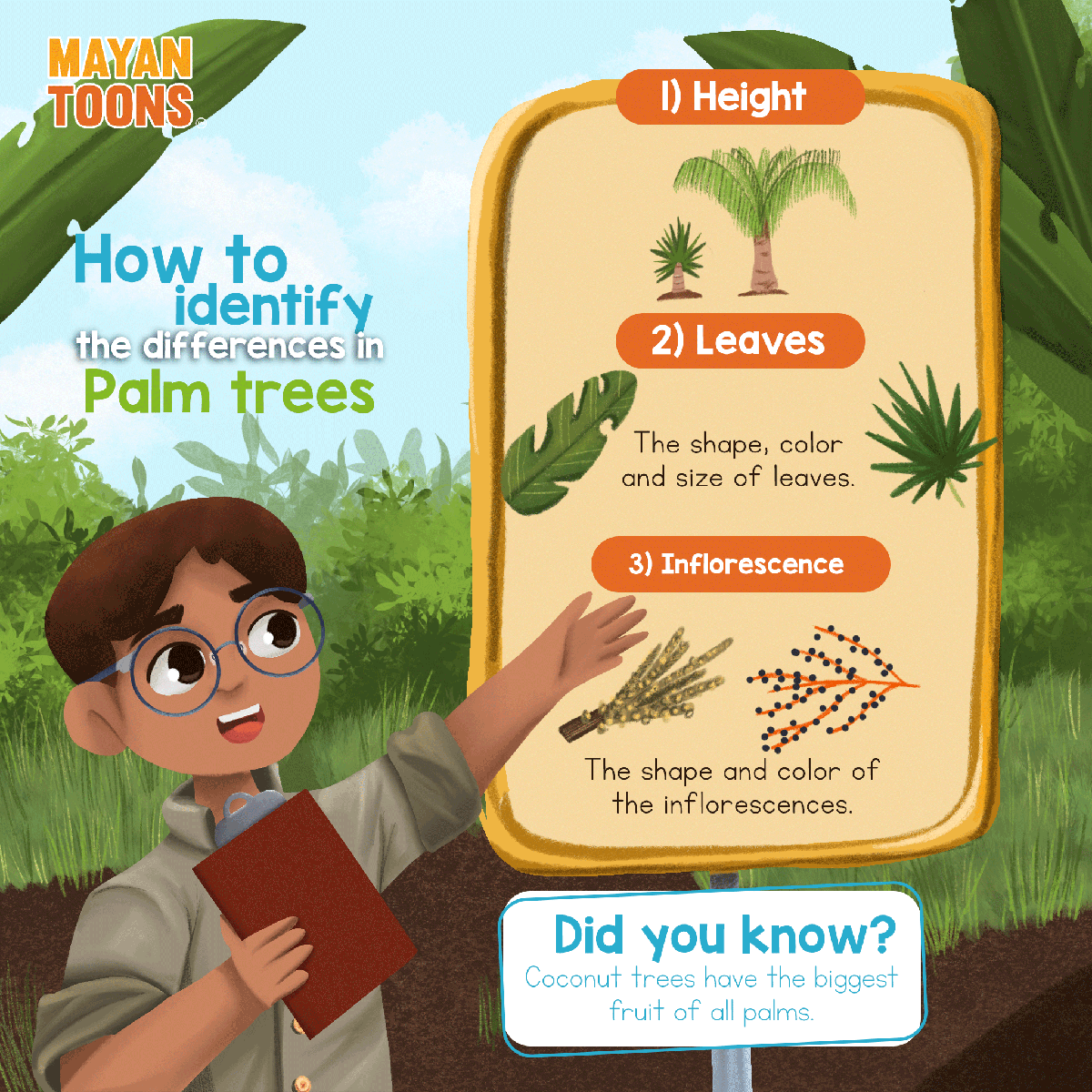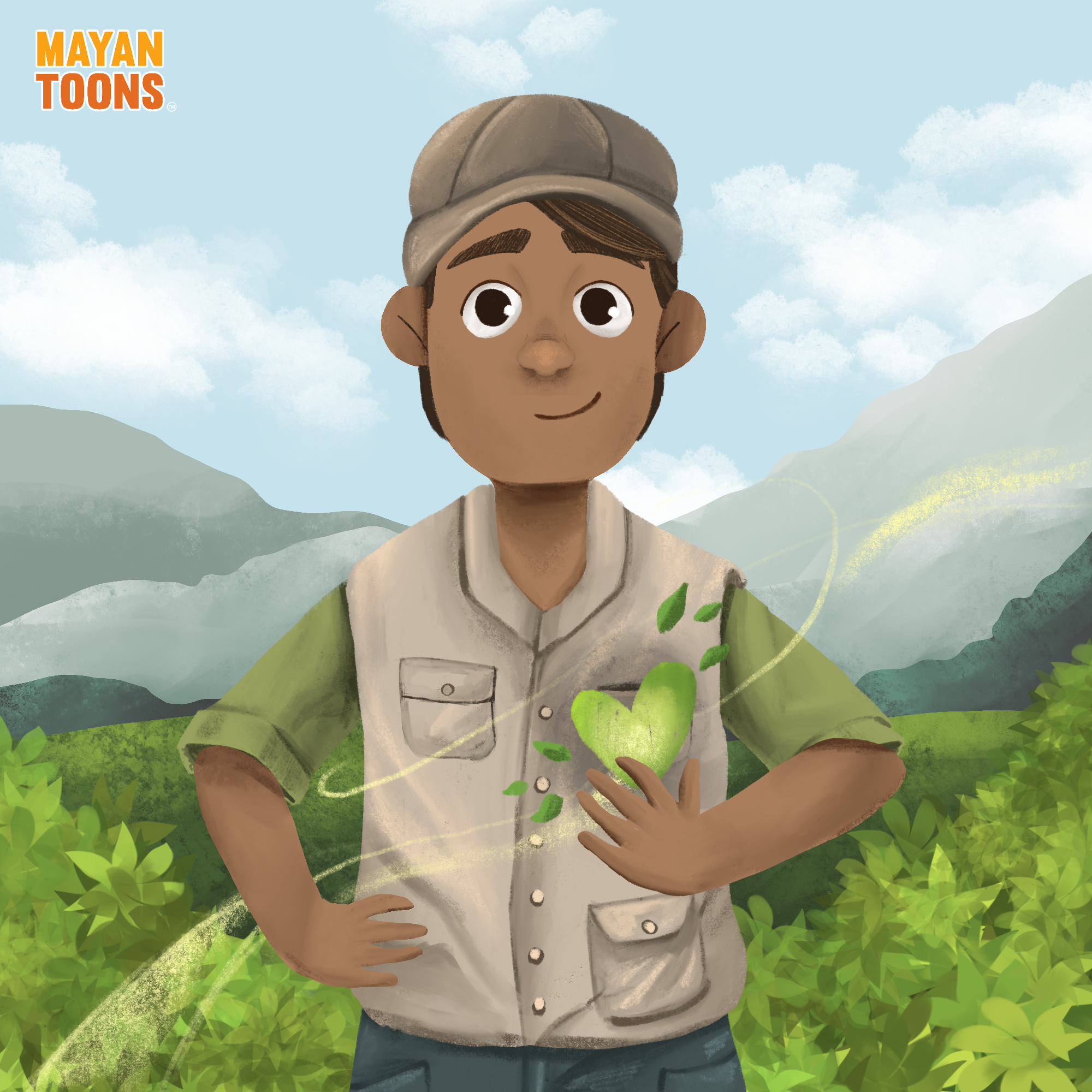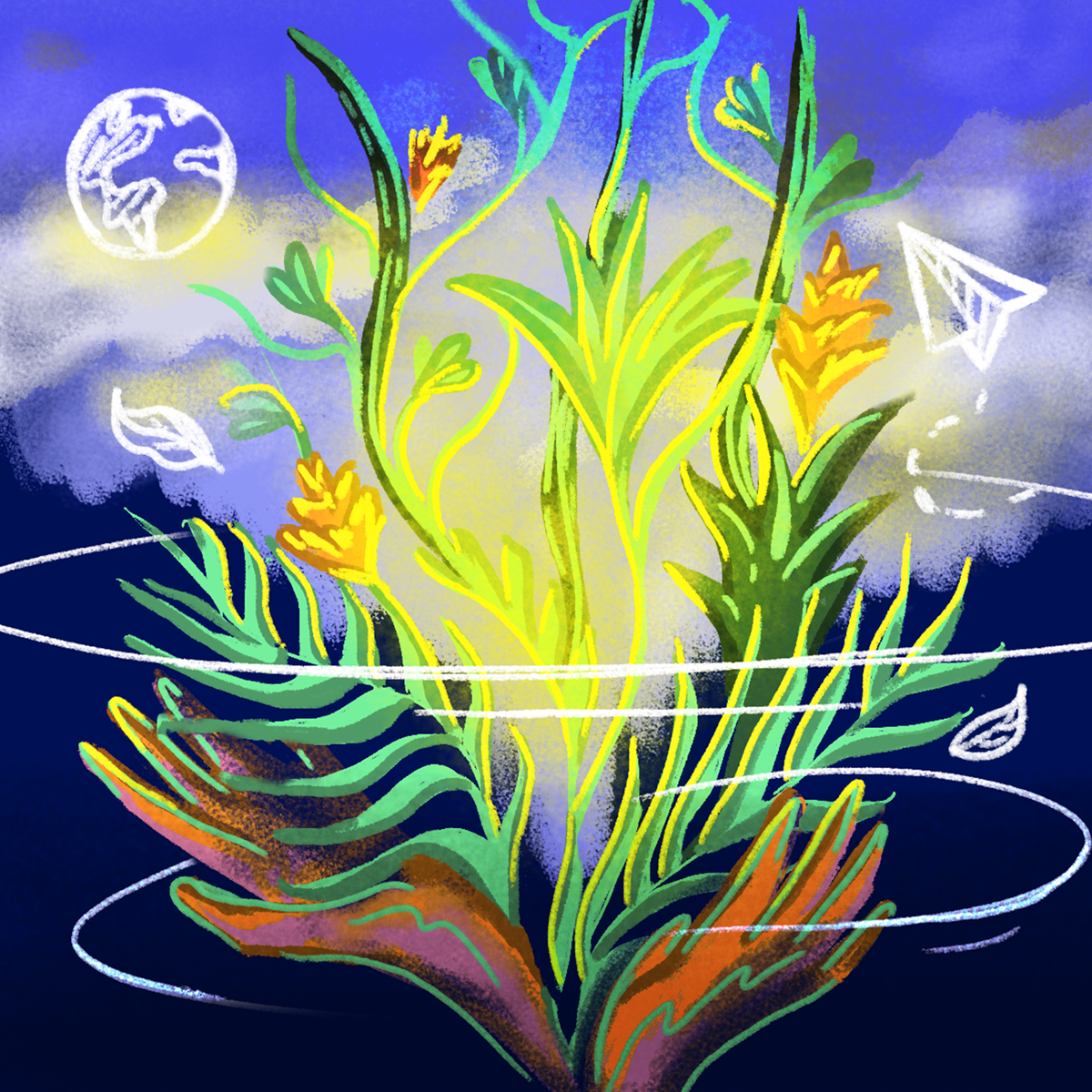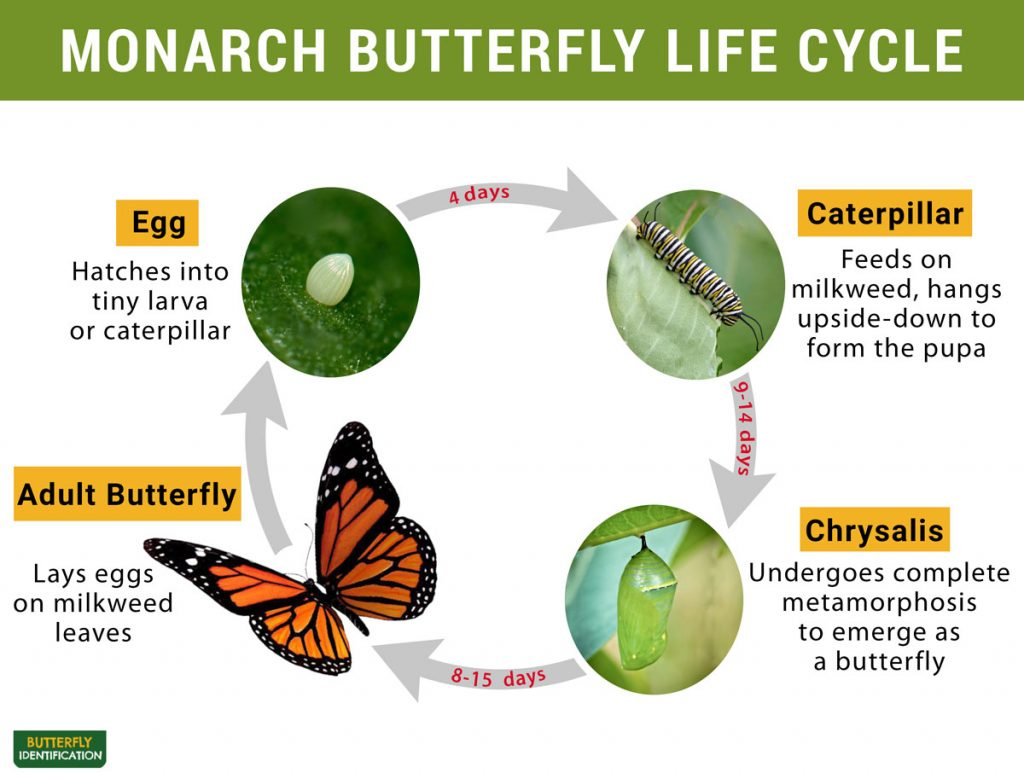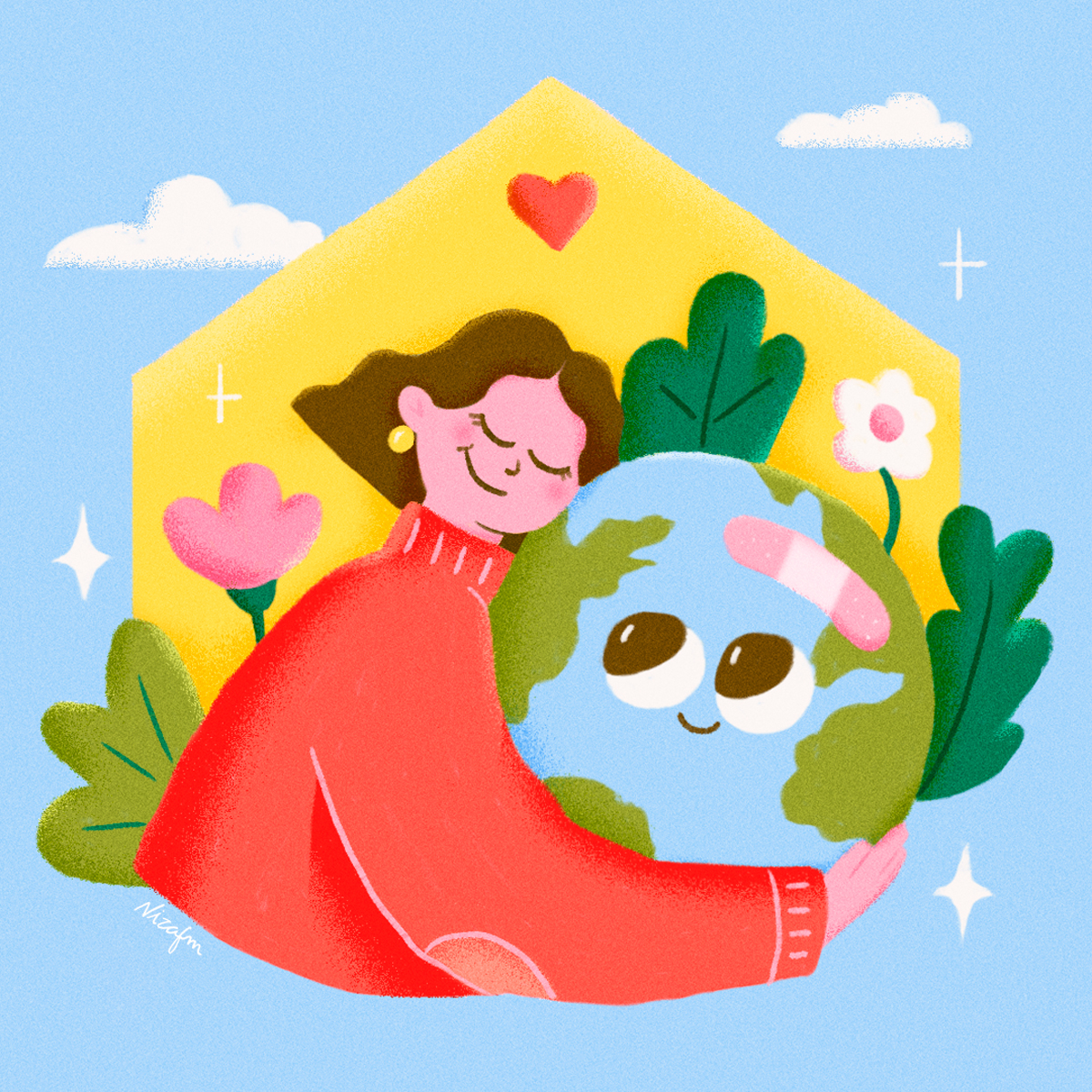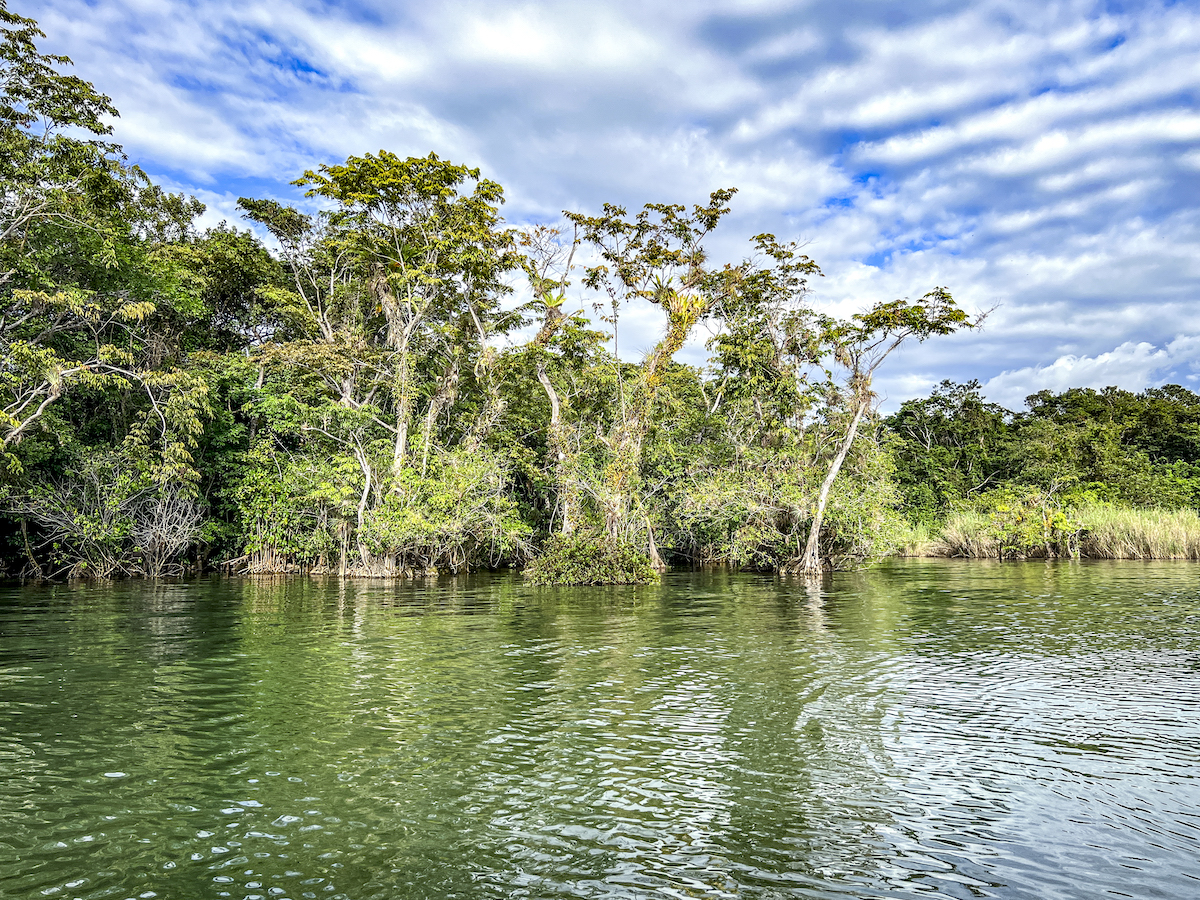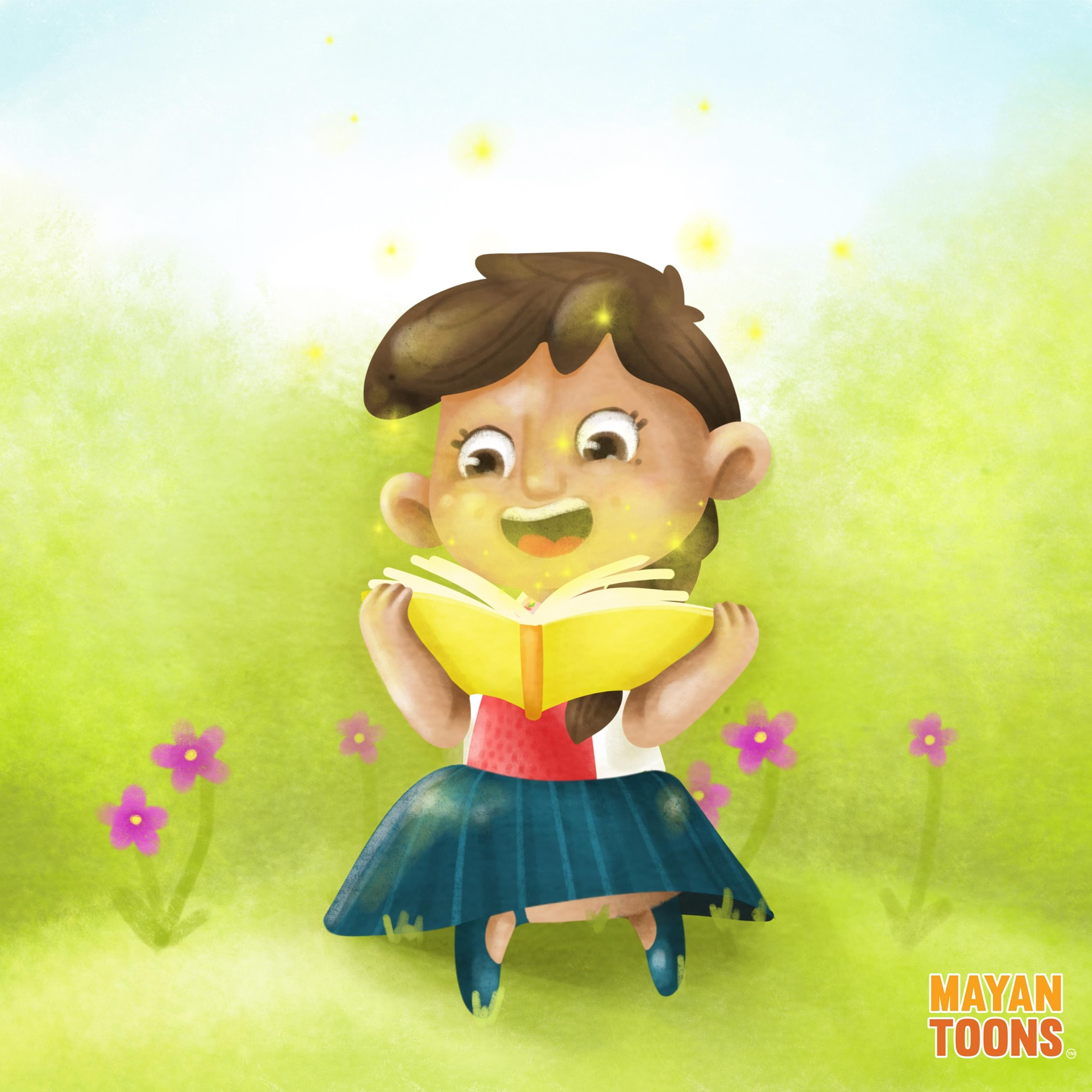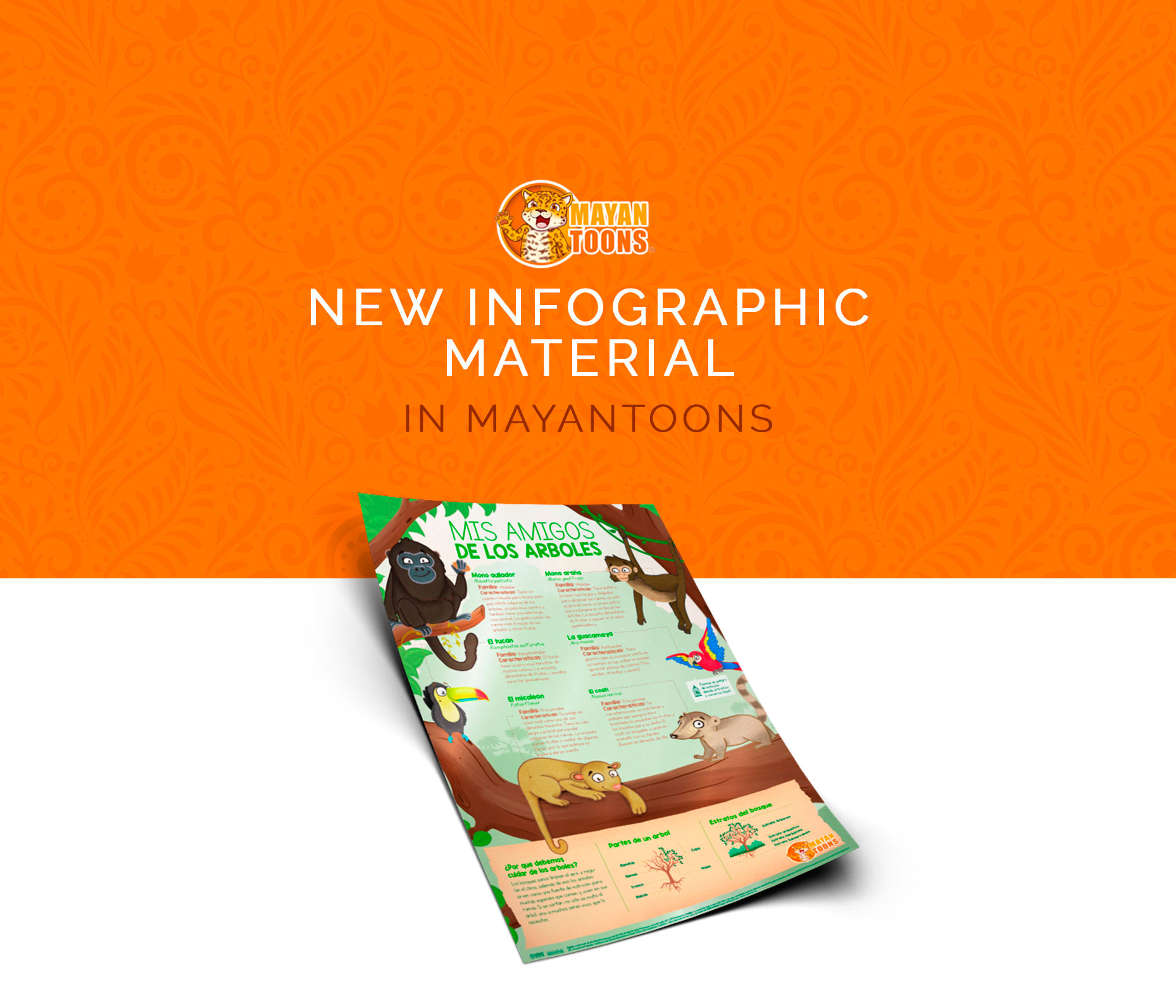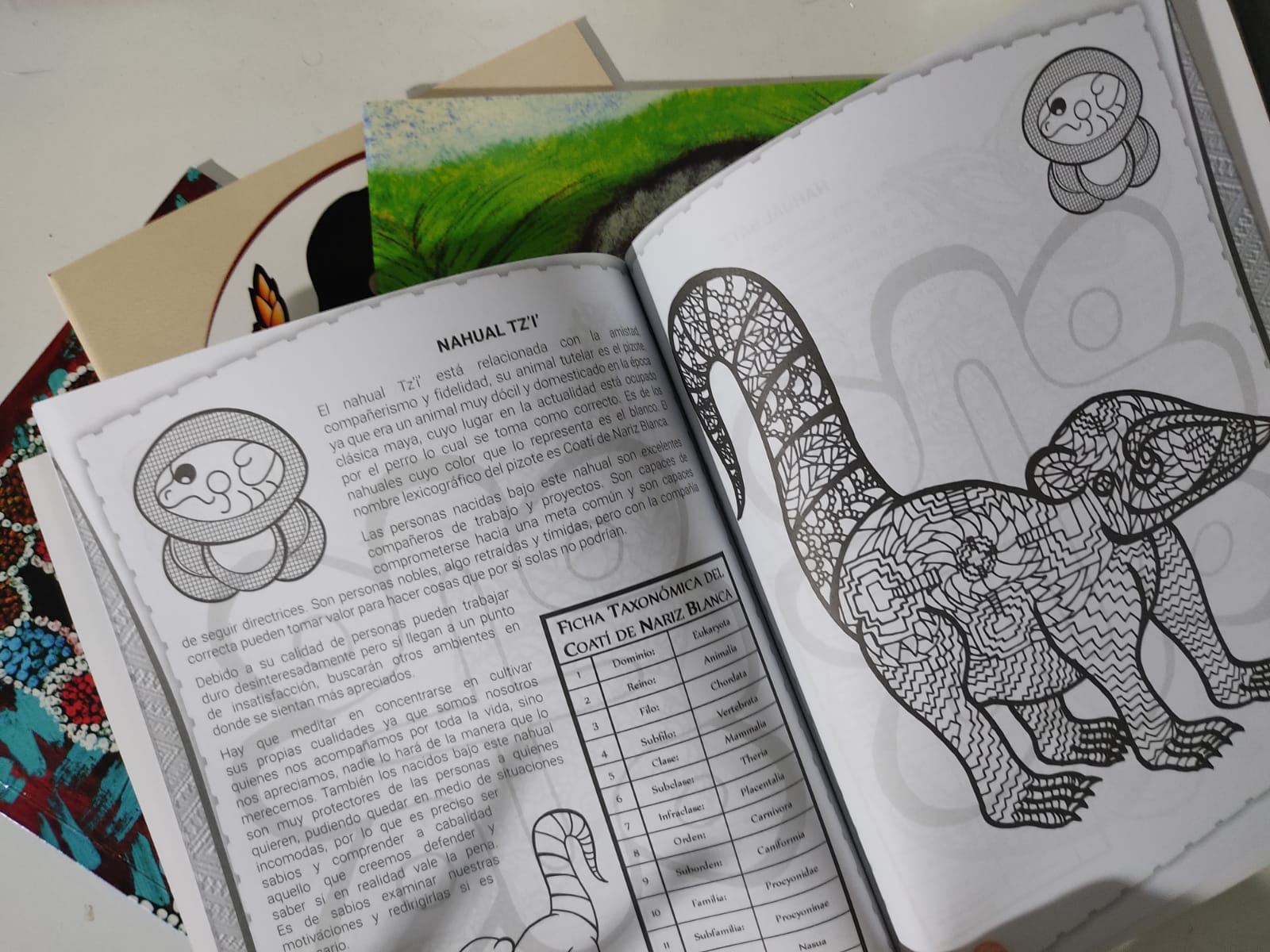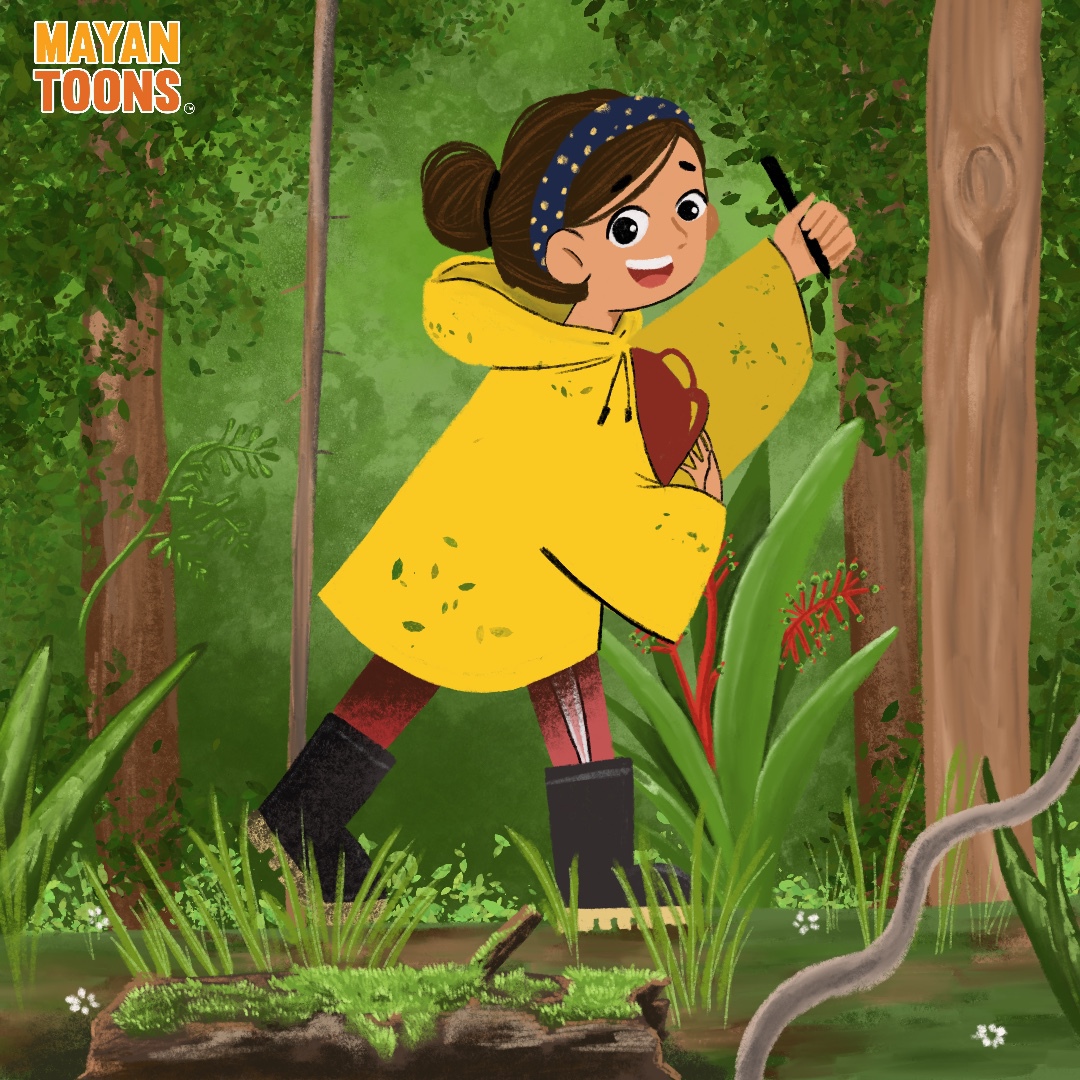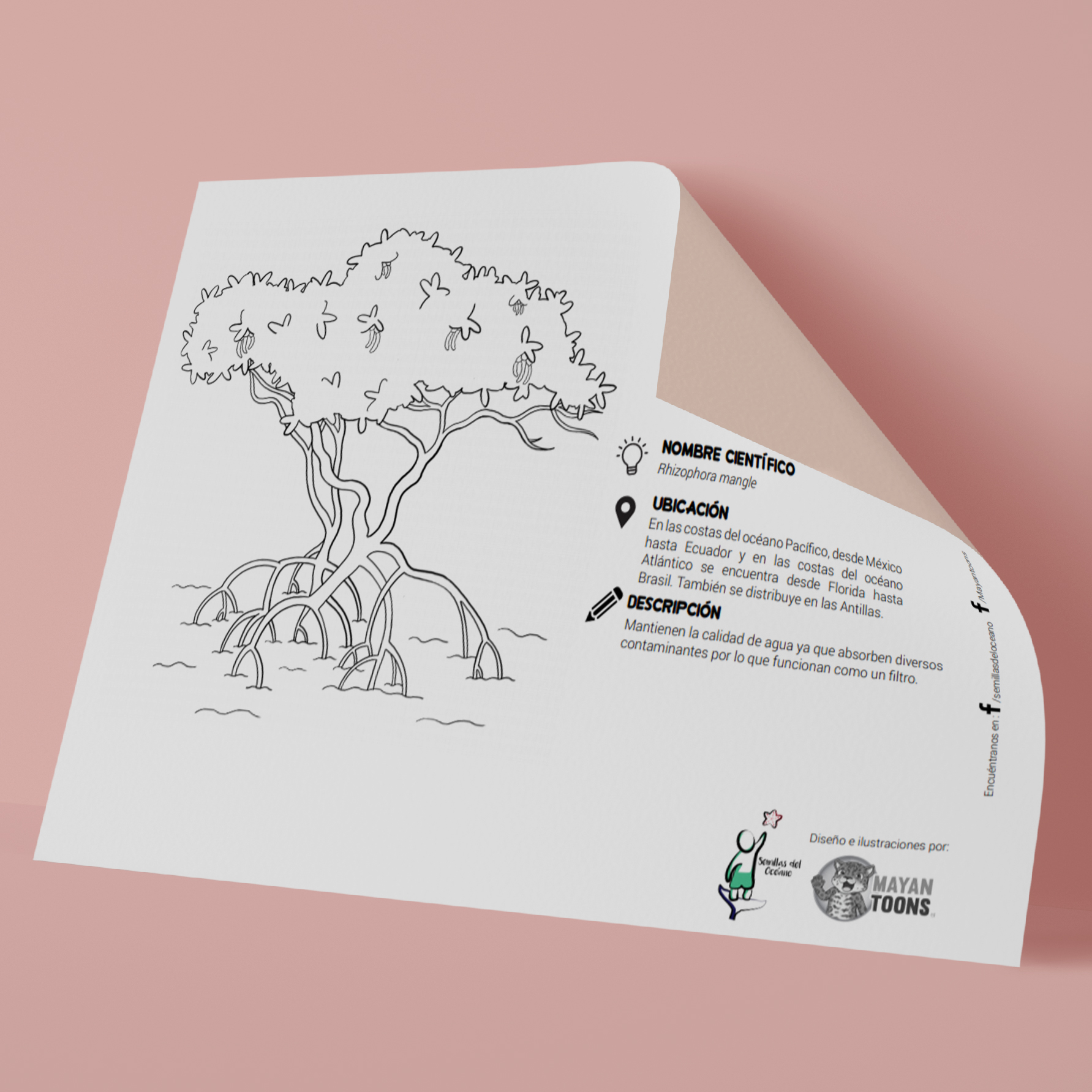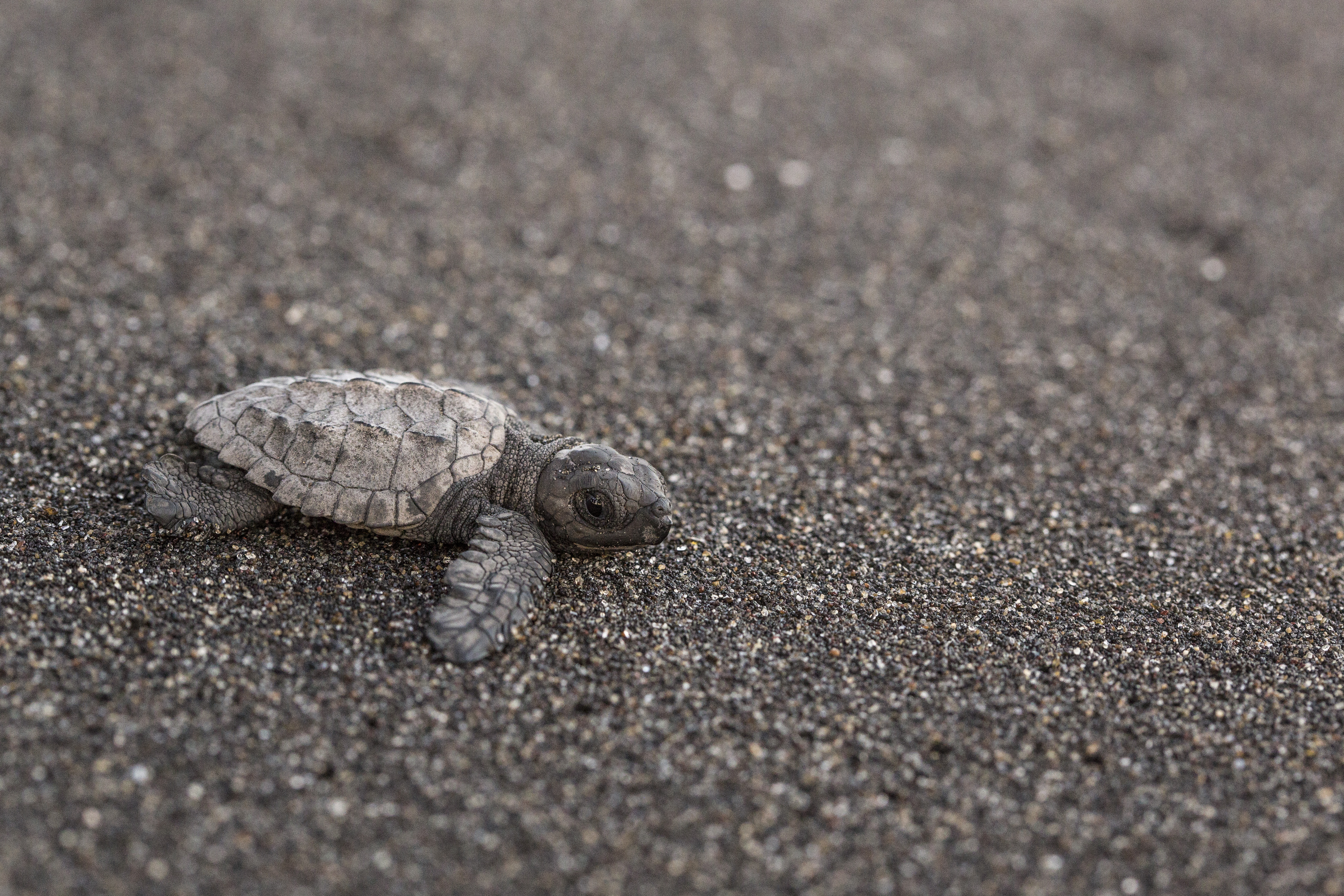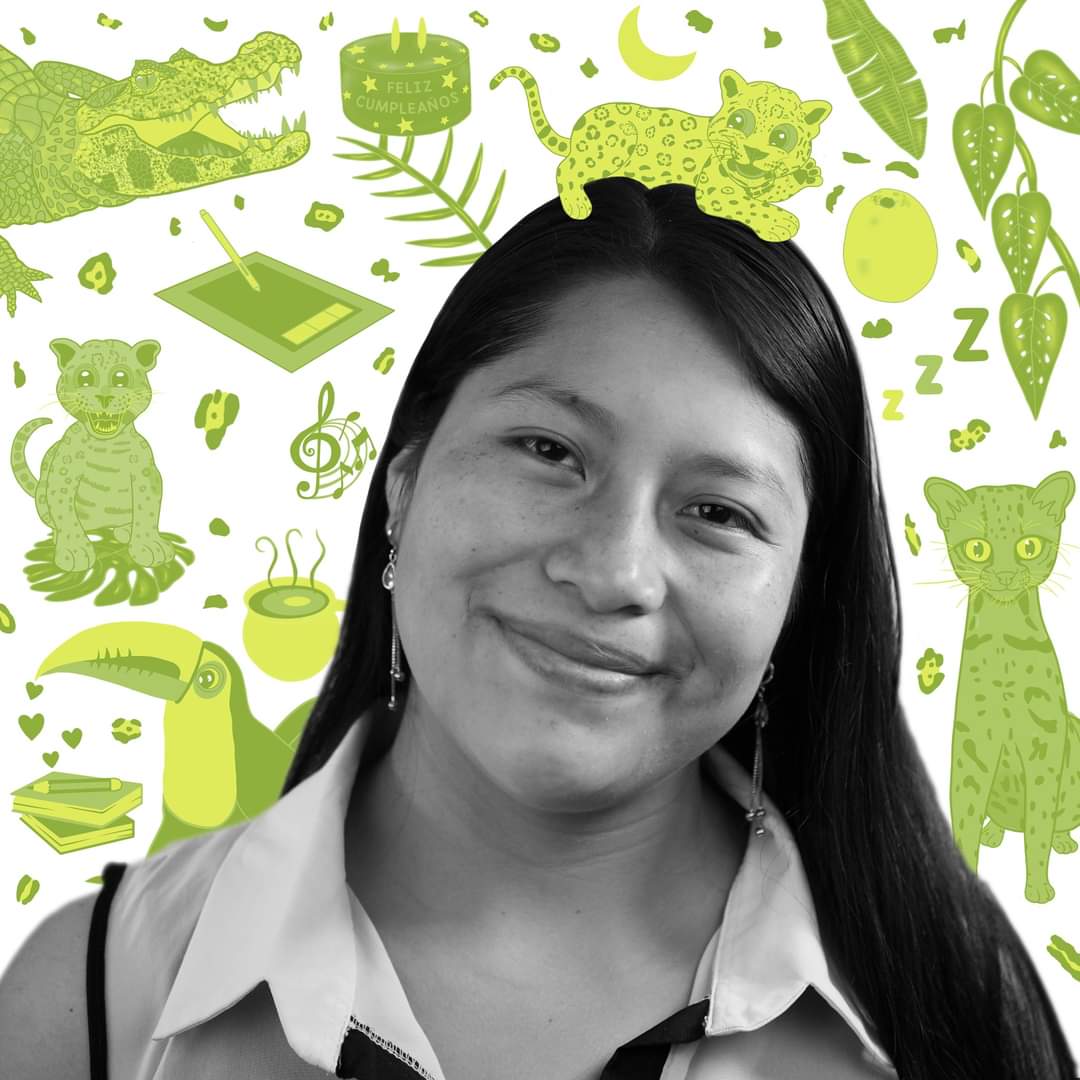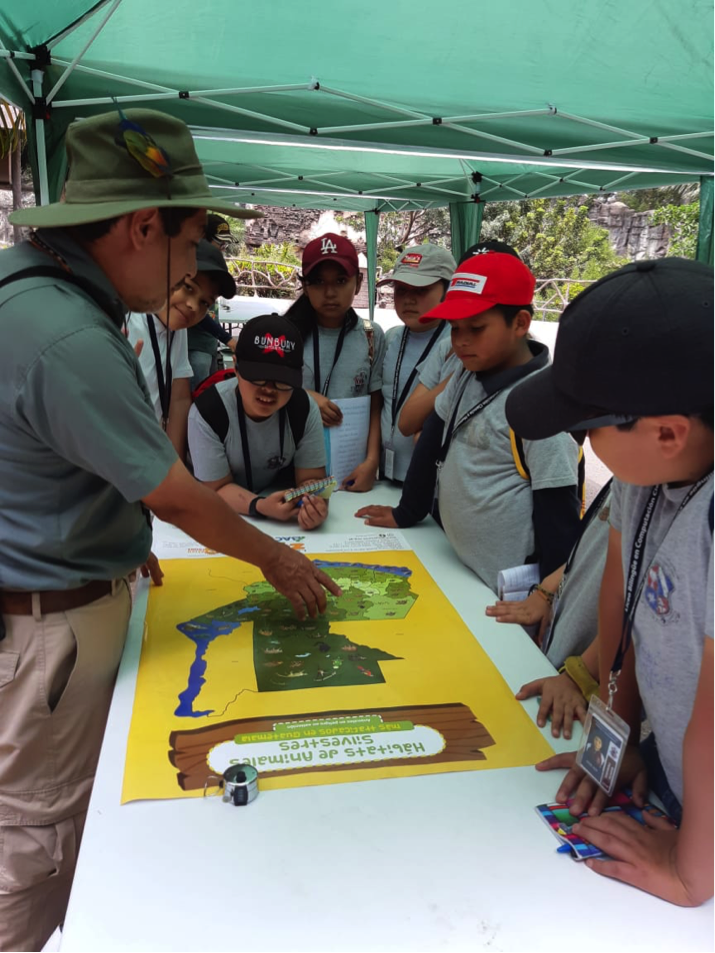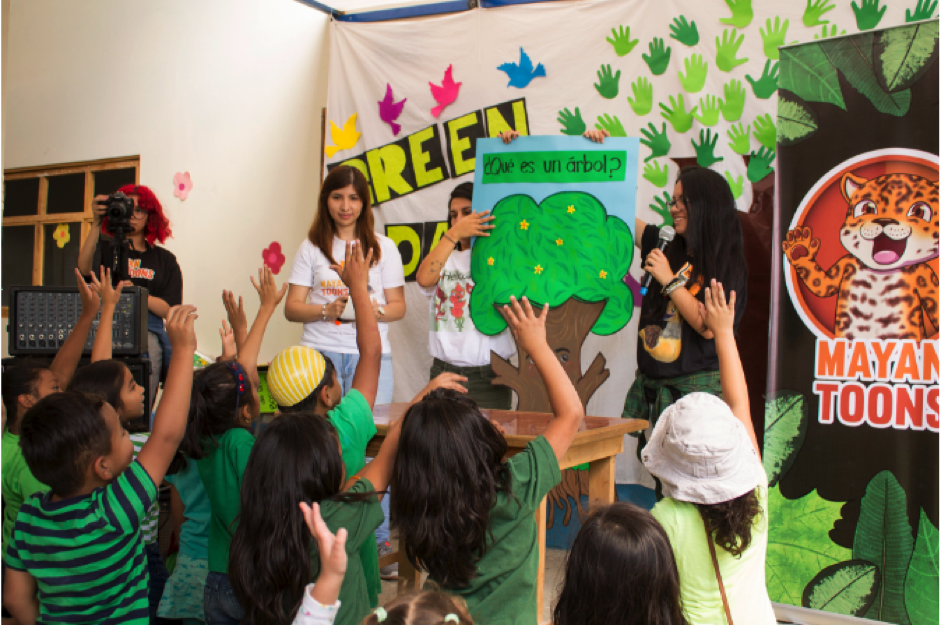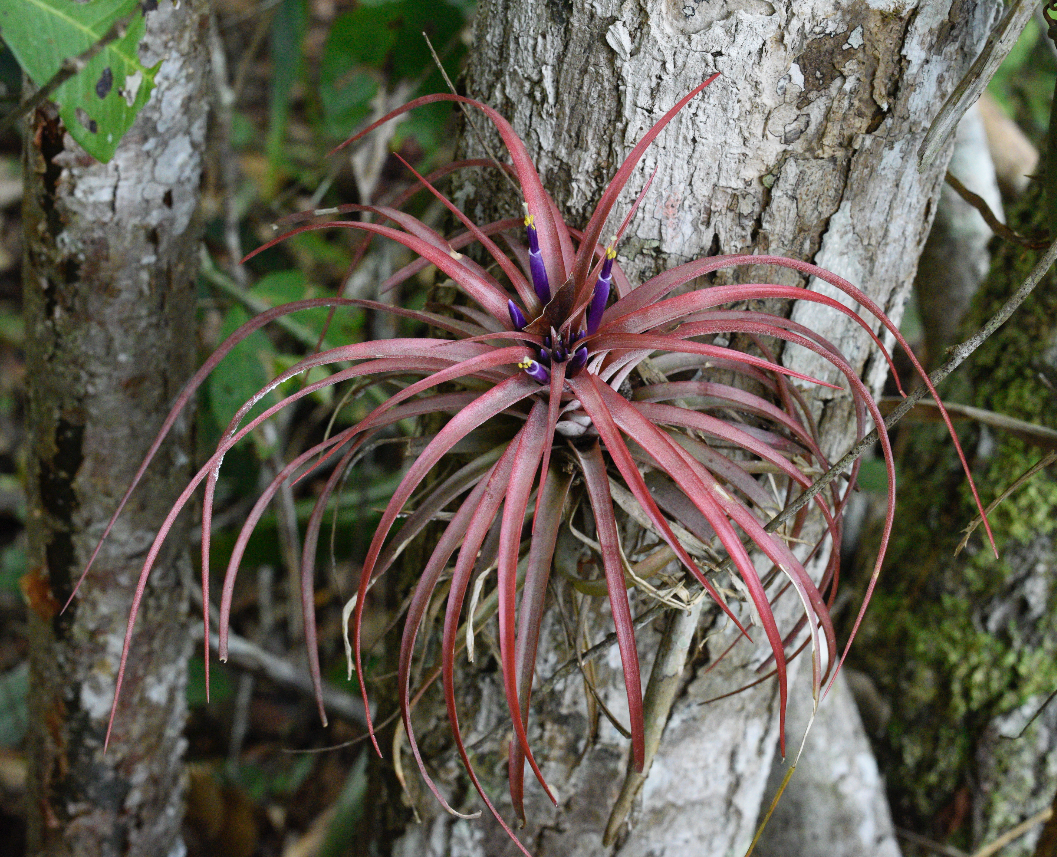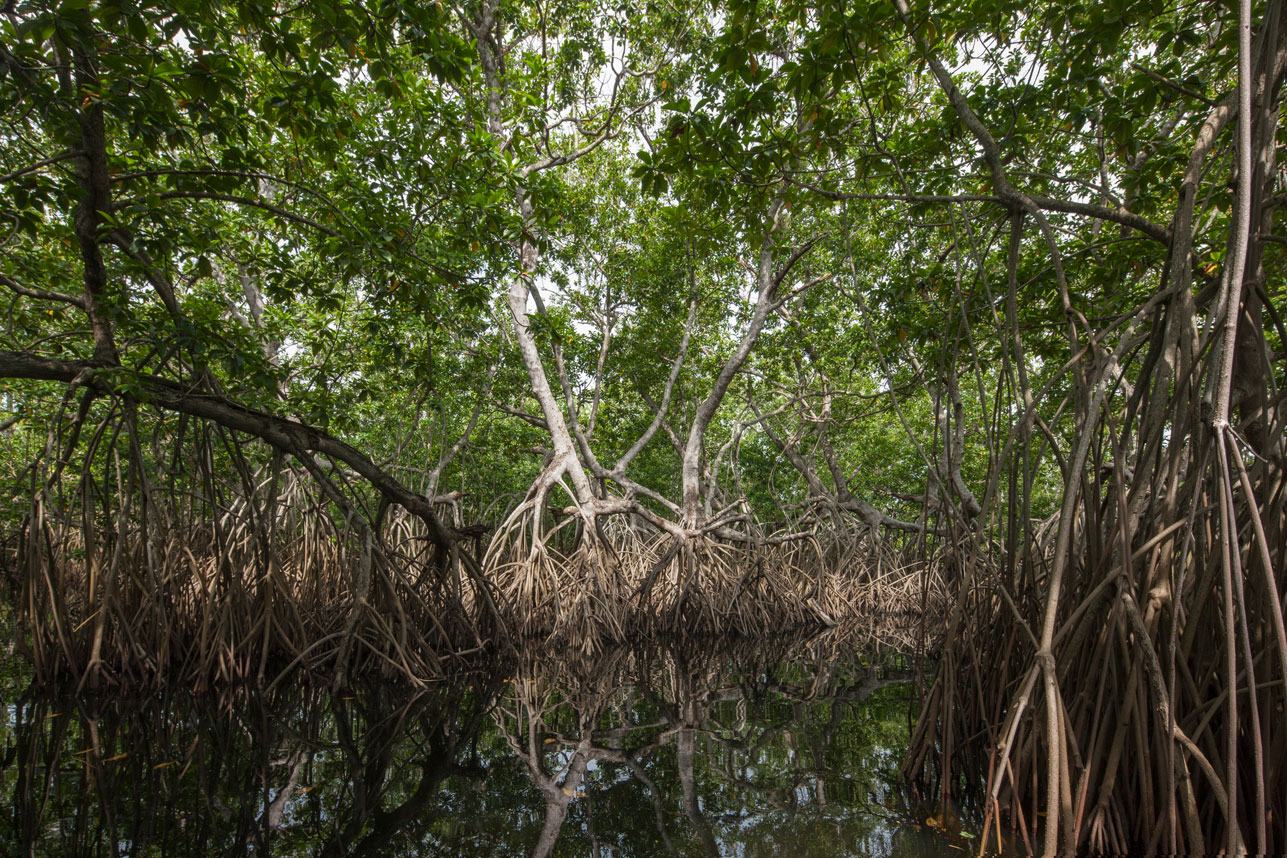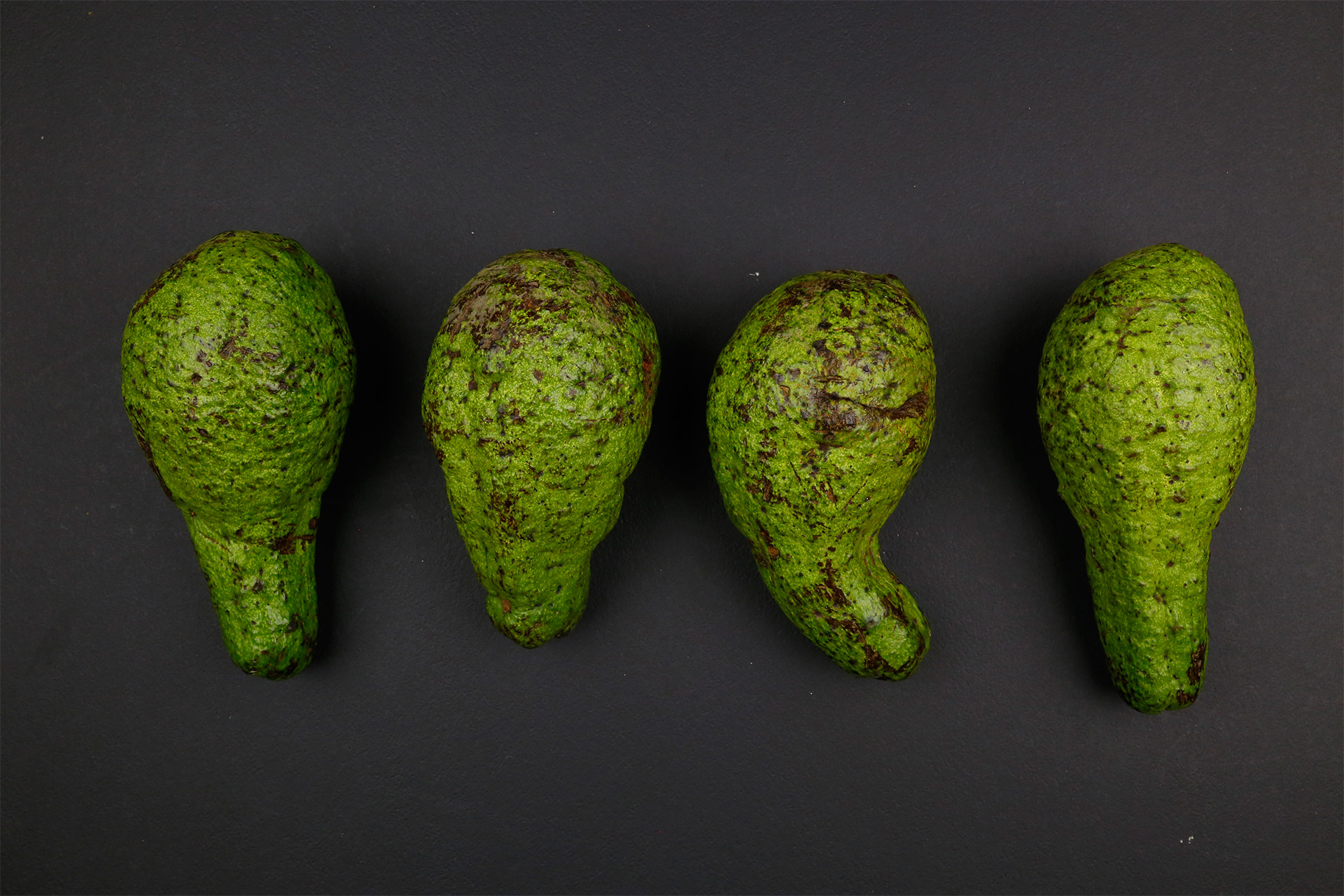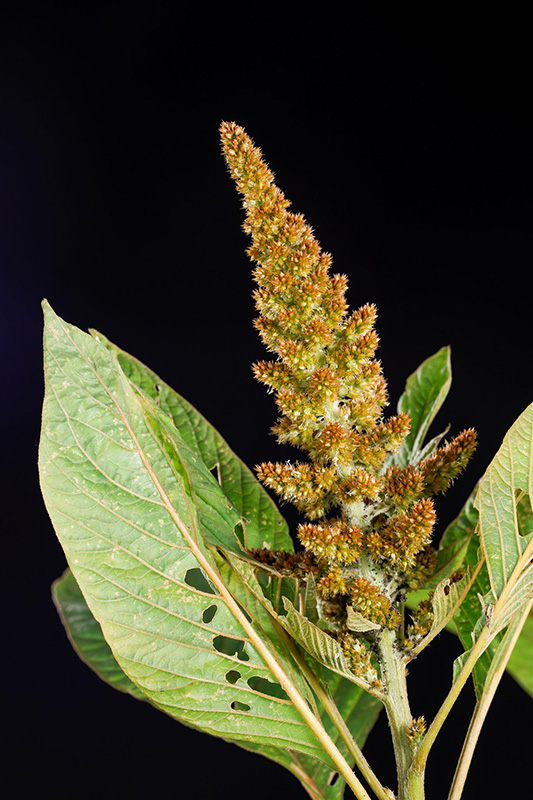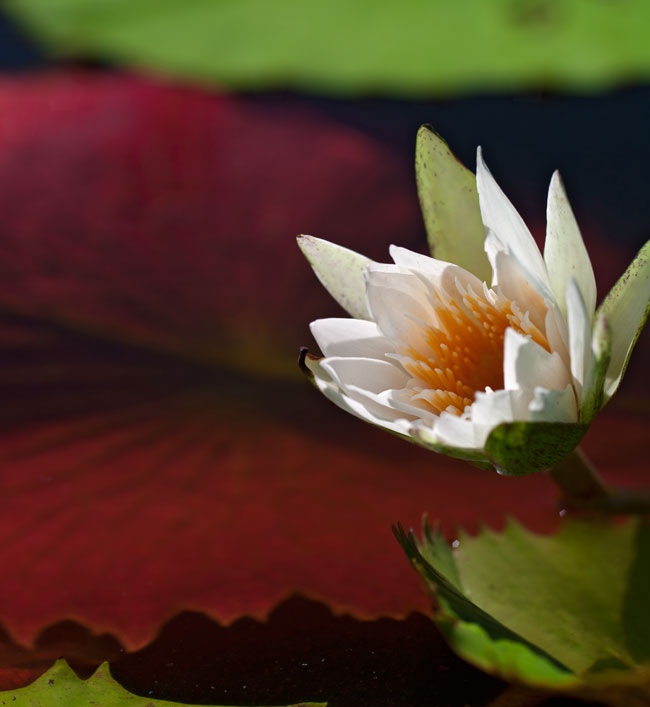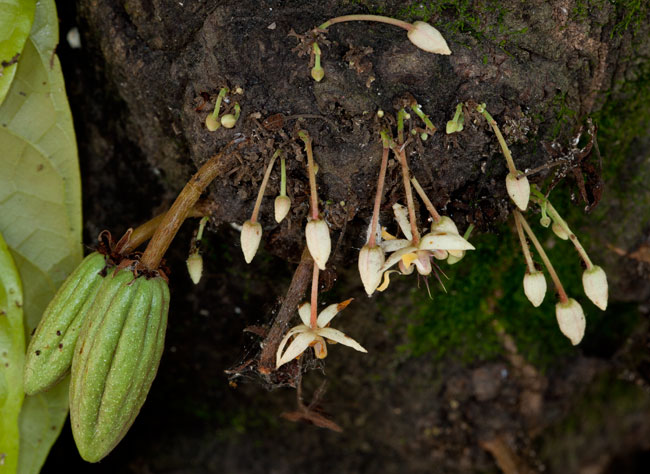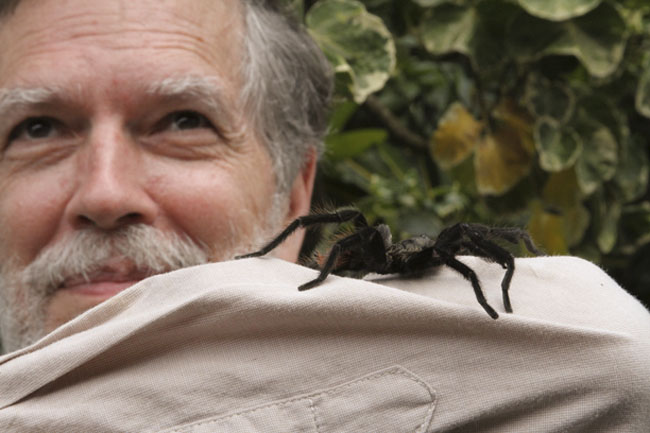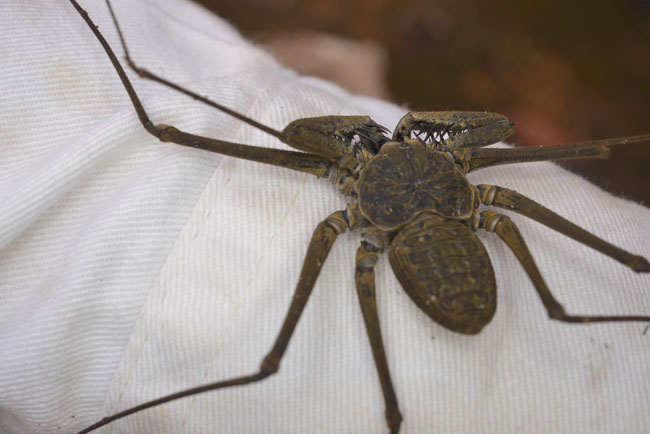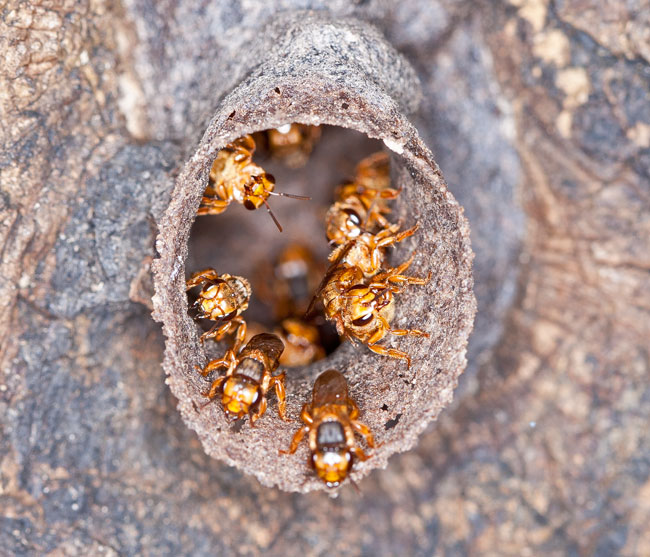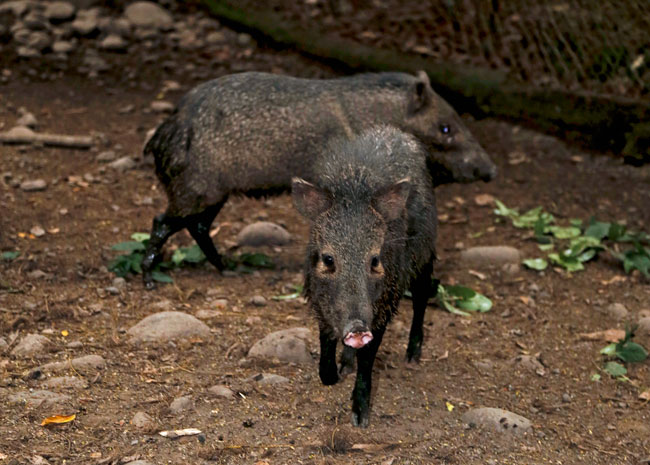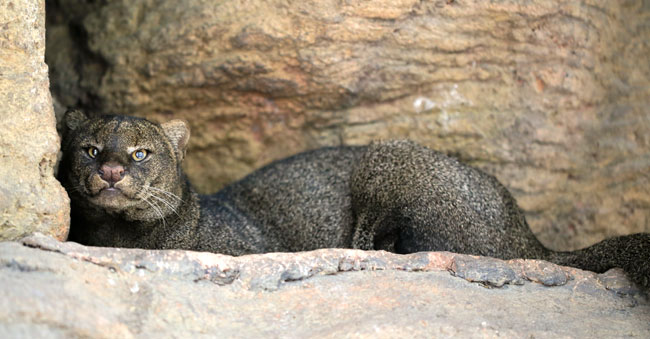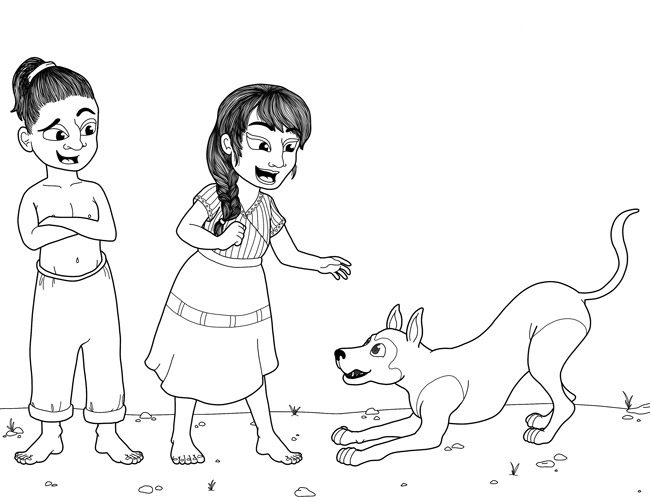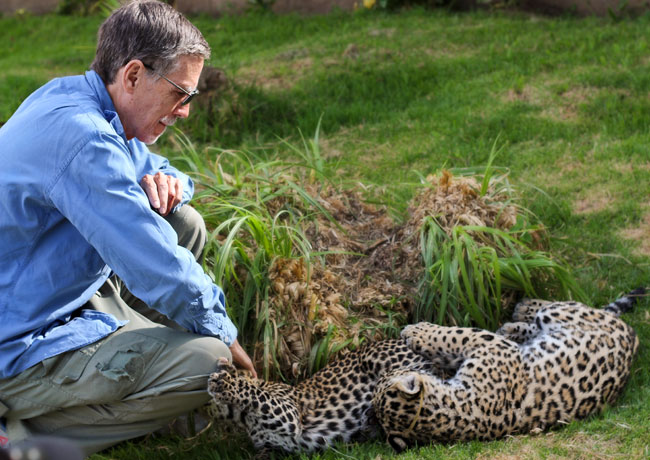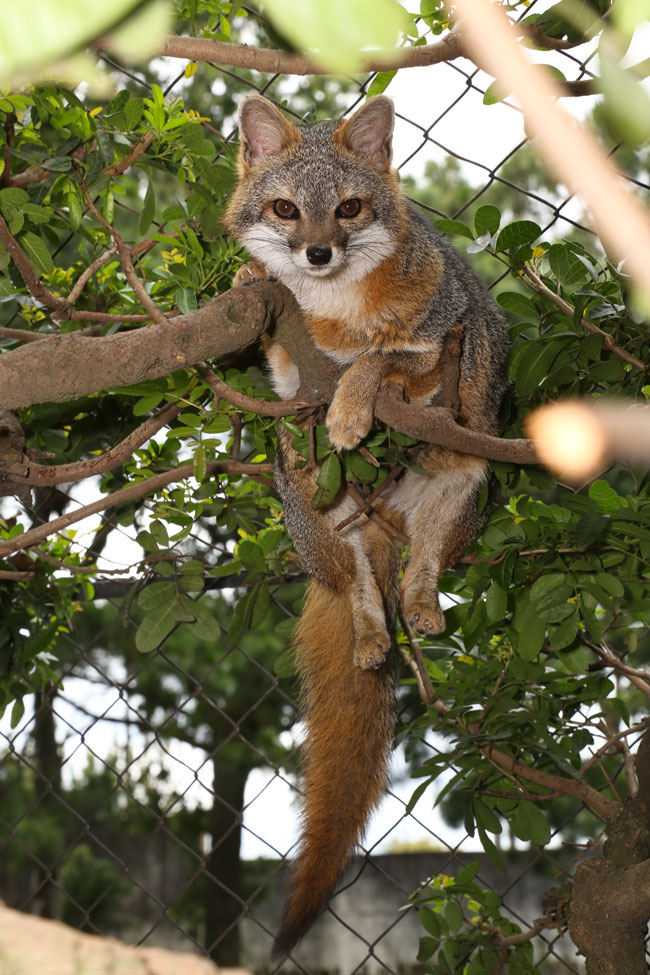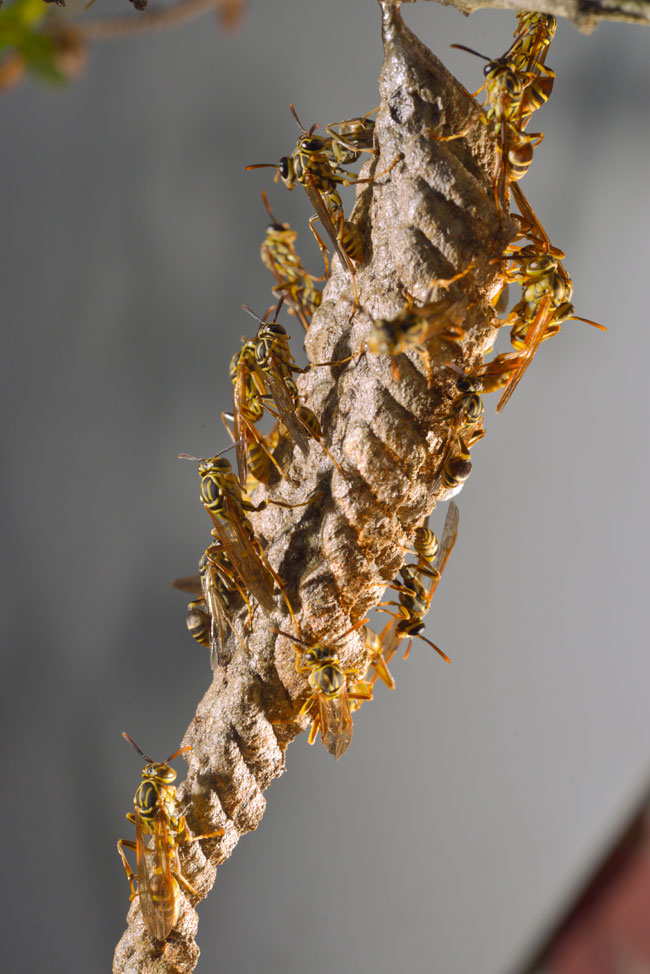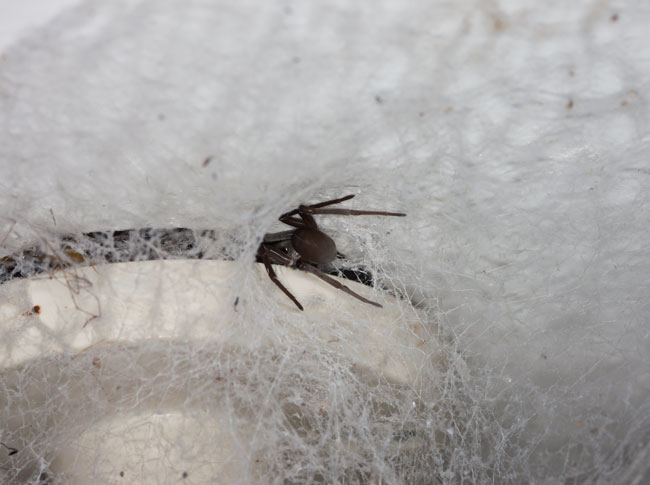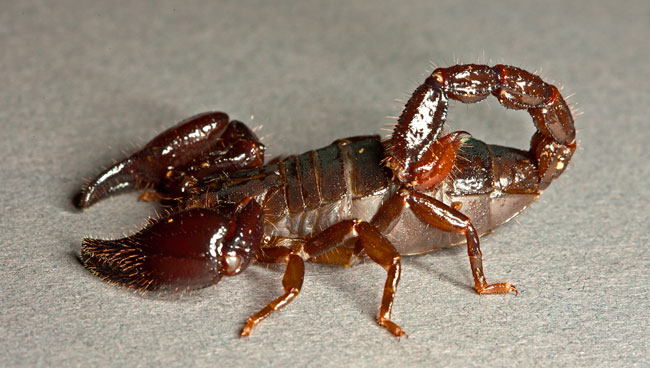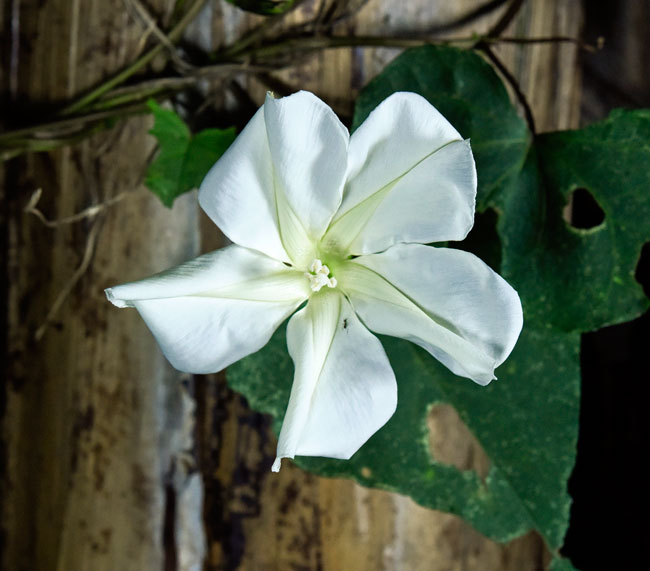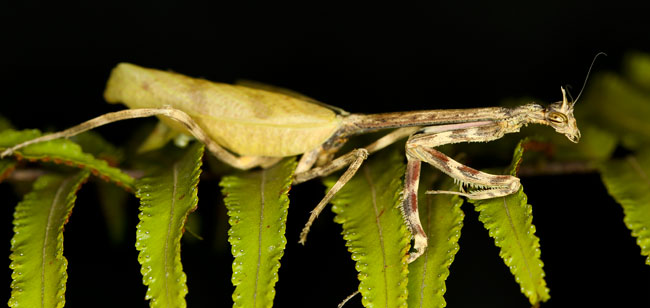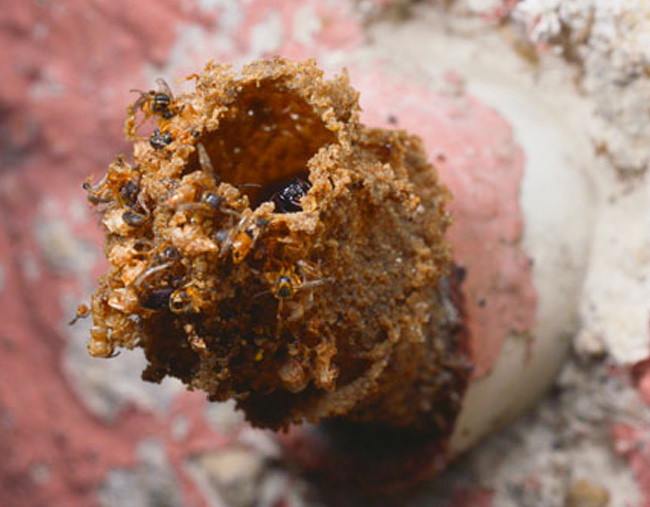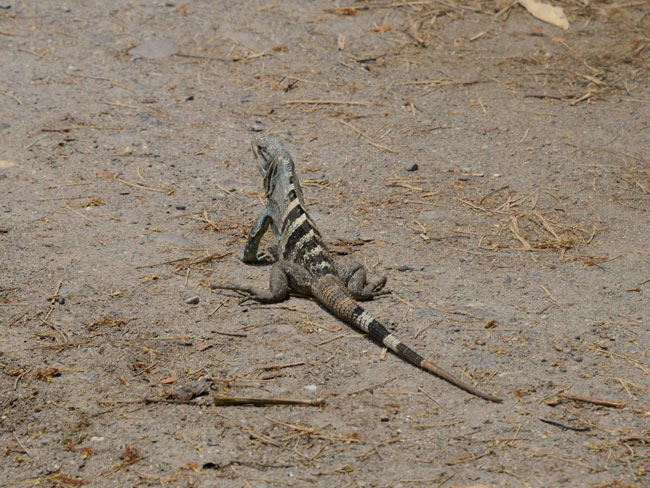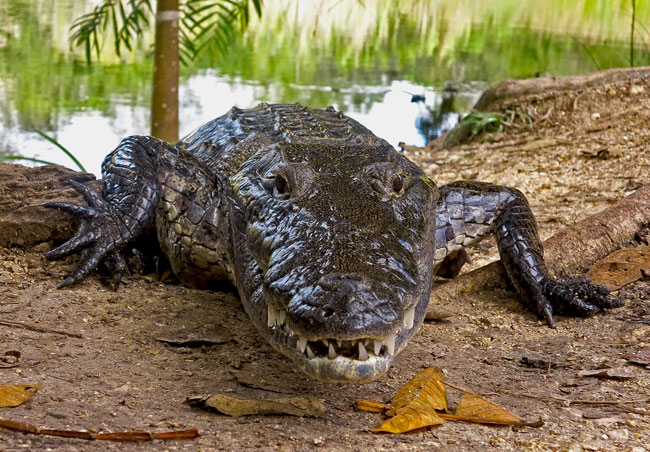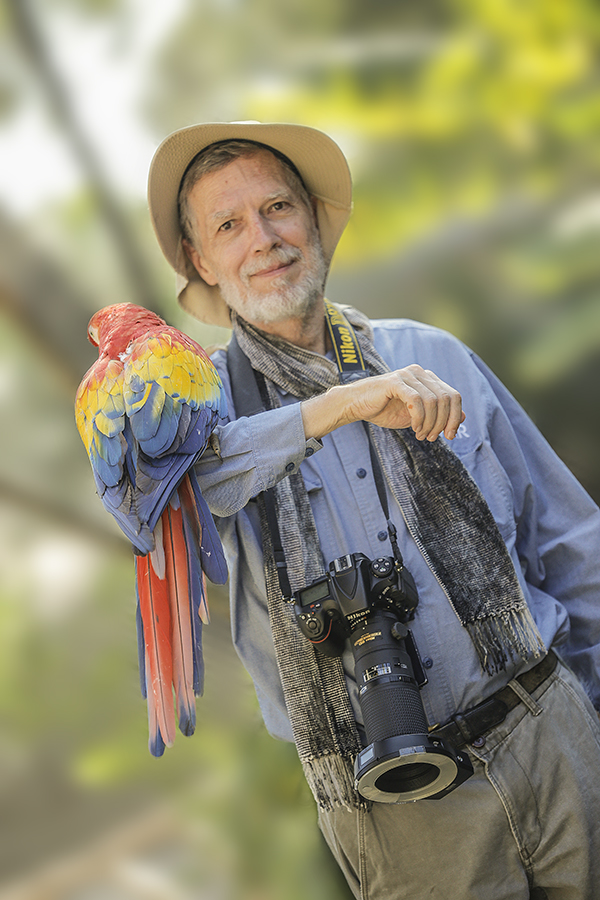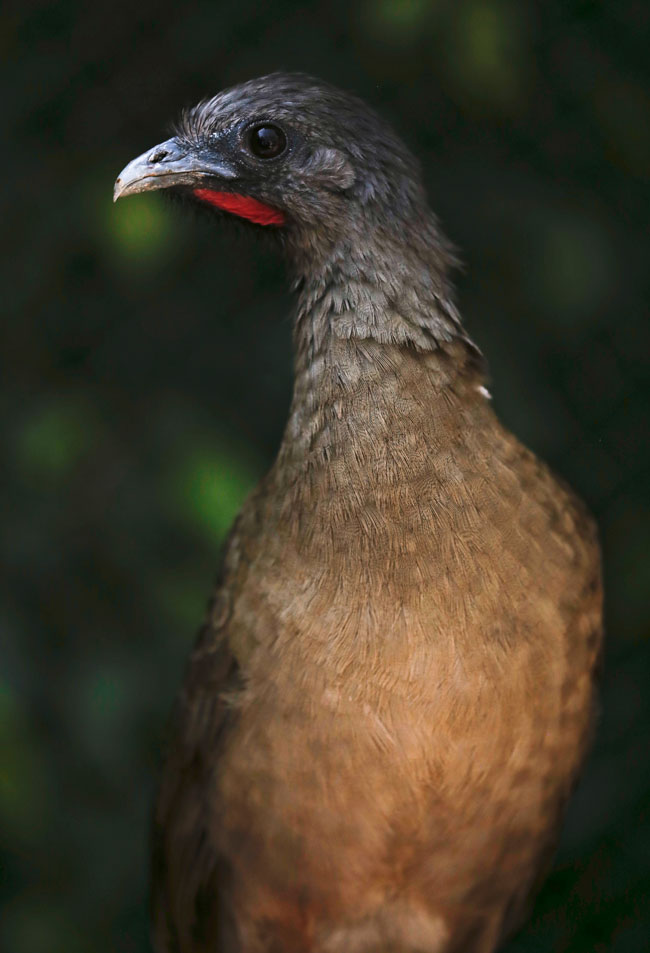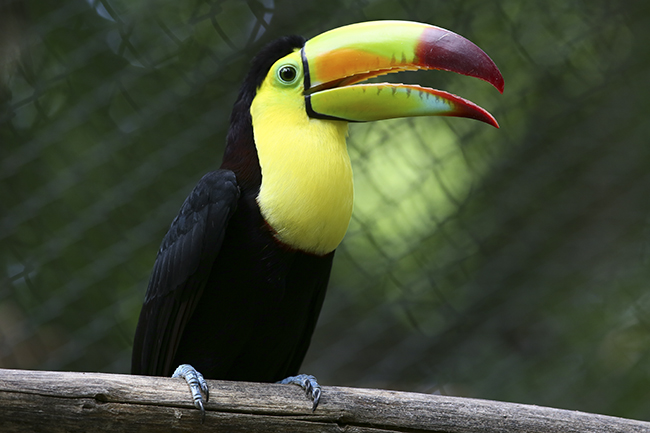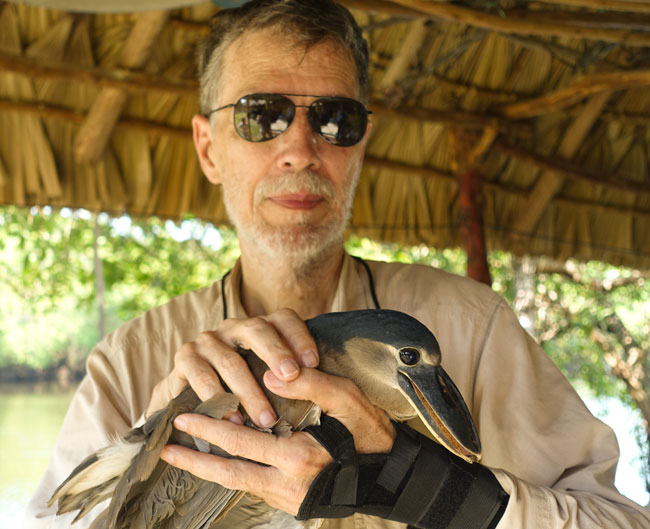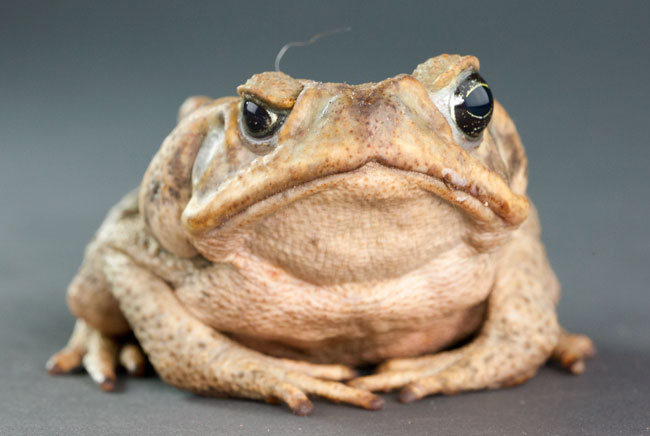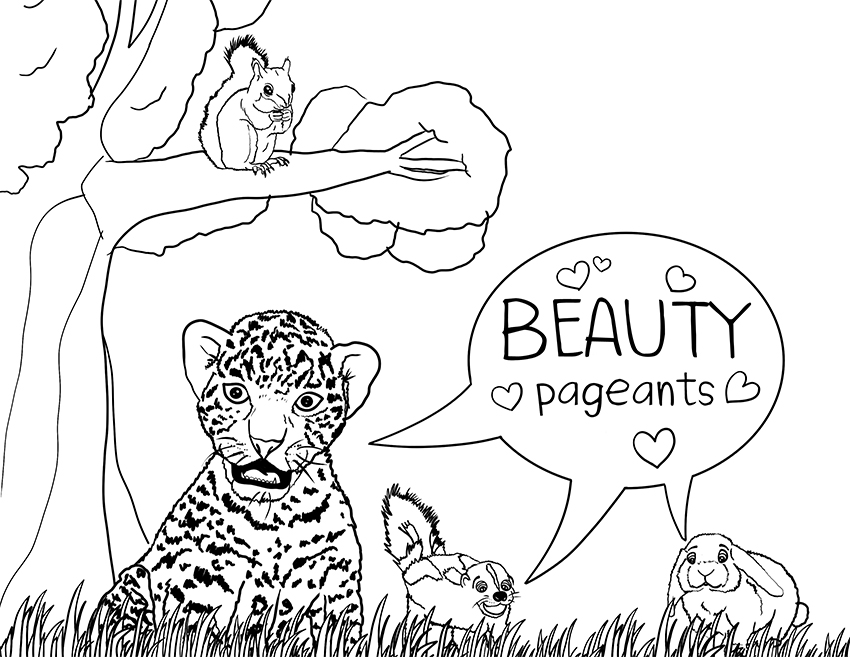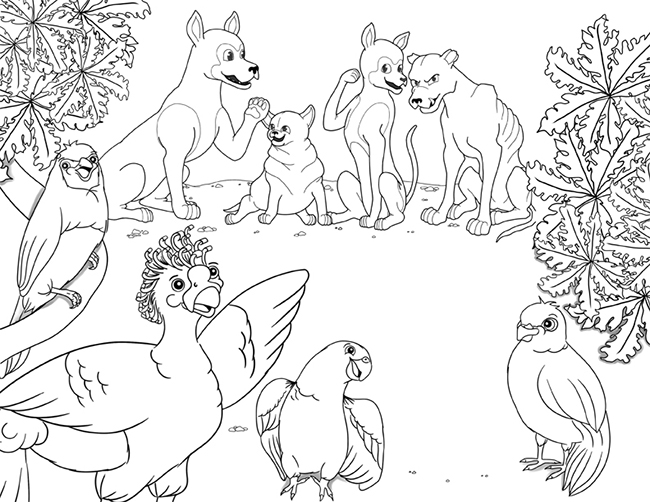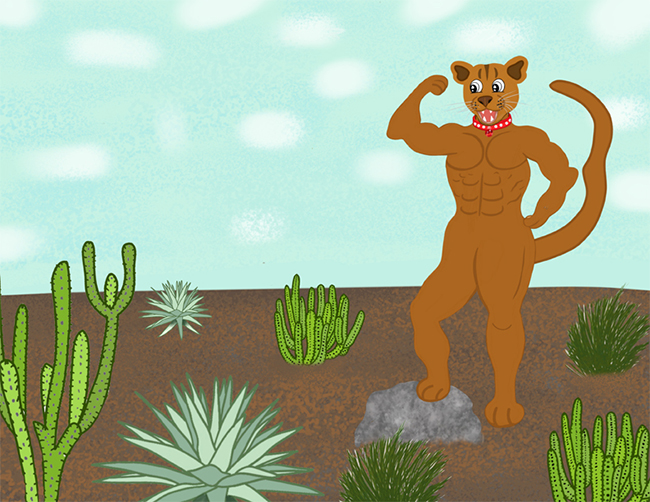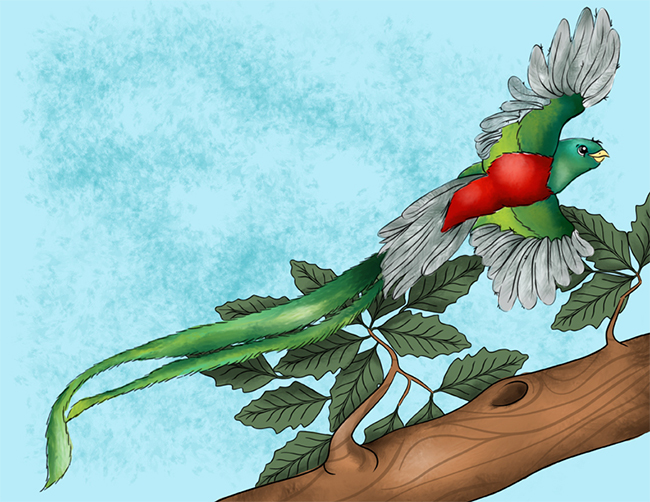Discover the experiences that inspire our work and learn more about Guatemalan Flora and Fauna
-
Be part of the MayanToon’s campaigns with Colecta Online and FLAAR FEST 2023
It is not a coincidence that we started using this platform to collect donations and be able to help more children. FLAAR MESOAMÉRICA and MayanToons have worked hard to create a community and awareness in people so that they can help us to reach our goals. In this case, the vision of MayanToons is to be able to educate young people and children about the diversity of resources in the region, how to use them and how to preserve them. Despite using other platforms for fundraising such as Kickstarter or even on
-
Meet the 5 Felines of Guatemala
Here we will show you some differences, Color, Food, Habitat and among others. Our goal at MayanToons is to teach children and parents the importance of conserving these 5 Felines and other animals that we illustrate in books and animated videos through drawings. Common name: Jaguar Scientific name: Panthera onca Jaguars are the largest cats in the Americas, measuring approximately 2.4m, with an average weight of 100kg. Males are usually larger than females. It has spots all over the body and on the sides they open into rosettes, and with more black dots inside
-
From the field to cartoons
Documenting plants, animals, and ecosystems in the largest natural reserve of Guatemala The Maya Biosphere Reserve in the Petén region of northern Guatemala is the largest natural reserve of Guatemala with 21,602 km² represents one-fifth of the country's total land area. Plus, this reserve together with the Maya Forest of Belize and Mexico represents one of the largest areas of tropical forest north of the Amazon and the northernmost tropical forest in the Western Hemisphere. Inside the reserve exist a great variety of species of plants and animals, and ecosystems such as
-
A world without drawings
Can you imagine a world without drawings, where the only way of education and learning is purely text without graphic references? Even as adults it seems a bit unthinkable, or even boring also for those of us who enjoy constantly learning. And if this is the case for us, can you imagine for children? A total nightmare! And it is not only about illustration and image as something aesthetic to make a document more beautiful, although its contribution to the aesthetics of any text is clear, it goes much further…it is a
-
Bats, not villains but ecological superheroes
Bats are one of the most misunderstood and feared animals because they have been negatively categorized by society as dangerous, harmful and bloodthirsty animals. It is true that, as with any wild animal, we must keep our distance to prevent them from biting us and infecting us with a disease, but the probability of that happening is really low, compared to the benefits we receive from them every day. Bat Conservation International had the initiative to commemorate April 17 as International Bat Appreciation Day, in order to make visible the ecological role
-
Illegal logging
Illegal logging is a reality that greatly affects both the ecosystems that depend on the natural cycles of trees, and the families and communities that depend on their benefits both for their daily consumption in the absence of electricity or gas and for their self-sustainability. However, there is a popular narrative in Guatemala regarding this and a misconception of how indigenous peoples in Guatemala make use of the surrounding forests. Despite the lack of updated data regarding the percentage of Guatemalan families that depend on the use of firewood for
-
What can we do to help our planet by recycling, reusing, and reducing?
Everybody speaks about the importance of being eco-friendly and helping our planet by using less water, recycling, and taking care of our plants and animals. But, do you actually know that we throw amazing amounts of pounds in the trash daily? This is a major problem since people are not currently recycling as we should, and we should know that giving a second chance to certain things will lead us to live a really good life in a greater world. We tend to throw away TVs, computers, printers, monitors, keyboards, and
-
Over 50-thousand people have visited our MayanToons website
Alejandra Valenzuela works every month to document web statistics. Readership varies between 3,470 to average of over 4-thousand, and peaked in December 2022 with 9,596 viewers. These are unique hosts count; not hits. Hits is an exaggerated number that we avoid; we prefer to know an actual count.
-
How to differentiate the native palms of Guatemala?
Palms are plants that grow mostly in warm places. This means that they cannot be found in every country around the world. In that sense, the tropical weather of Guatemala has made it possible that a remarkable amount of different palms grow here (even when Guatemala is such a small country). In general, it is easy to mistake one palm for another, or for instance, to ignore that one is different from another. For that reason, some of the characteristics that can be considered to distinguish palms are the following: Size Several palms
-
Forest Rangers, true heroes of nature
For many decades, you must have heard about the importance of our role in protecting our environment. How our day-by-day actions and habits must change in order to secure the future of a healthy life, from small actions like being responsible with our use of water and energy, classifying our trash, recycling, reusing and reducing. However, there is a far more important key element for achieving the conservation of our natural environment and all the life that habits inside. It consists of all the actions that must be taken by humans
-
A Young Spark of Action
Nature is our home, well-being, health, livelihood, culture, and inspiration, so we must take care of the environment and biodiversity that surrounds us. On the occasion of the celebration of the International Youth Day this August 12, I believe that it's important to remind young minds that their voice and contribution can be the spark that ignites the possibilities and solutions that will light up the future. Today the future is clouded by the estimation of abrupt climatic changes, producing an increase in heat waves, lengthening hot seasons, and shortening cold ones, extreme heat will more frequently
-
DO YOU KNOW HOW IS THE TRANSFORMATION OF THE MONARCH BUTTERFLY?
There are four stages in the life cycle of a butterfly, these stages include egg, larva, pupa, and adult, the entire process is called complete metamorphosis and is one of two forms that insects develop from an egg even an adult. The first step in the butterfly cycle takes place inside the egg. This stage begins with the mating between a male and a female of the species. After a time, the eggs are deposited on a plant chosen by the female. The reason why this stage is linked to nutrition
-
8 things you can do today to help the environment
Did you know that… Sea levels and global temperatures rise every year, making it difficult for humans and nature to adapt. Extreme weather events are becoming more frequent. Habitats from rainforests to wetlands are being damaged due to human expansion and deforestation. Logging, overfishing, and the illegal wildlife trade are depleting populations of plants and animals, resulting in the extinction of around 1 million species. And pollution continues to contaminate our air, land, and water. Are you feeling as anxious as I am reading these facts? Well, science shows that these issues
-
Social Media, Illustration and Graphic design: Tools for a change
Since the UN (United Nations) announced that we have 7 years to stop climate change, and how greenhouse gas emissions have doubled in the last few years, we have seen in social media a boom in topics of environmental issues, changes that need to be made and how we can reduce our carbon footprint with actions in our day to day. People have been more aware and concerned about the summer heat and how the weather has changed in a matter of a year, the seasons are no longer the
-
What is happening in the largest lake in Guatemala?
Most of the time people talk about how Guatemala has incomparable landscapes, how its forests and bodies of water are impressive, and how culture contributes to tourism in the country. But, what happens in the daily life of those who live near those rivers, those lakes, and lands? The Mayan Q'eqchi' and Xinca people show with their constant struggles, demonstrations, and complaints that day by day is not as picturesque as it is painted. In Lake Izabal, -a lake that borders the Caribbean Sea-, there is a constant struggle by
-
How important is an illustrated book!
As we know, for Mayantoons, illustrated books are a powerful tool! It is one of our main ways to educate our children, but why is an illustrated book so essential to educate? An illustrated book is a combination of text, illustrations, and design that becomes an experience for children while at the same time it is a social, cultural, and historical document for their education, while the little ones see it as a constant game of two pages faced and the emotion of passing from one to another. An illustrated book
-
New Infographic Material in MayanToons
One of our goals at MayanToons is to donate graphic and informative material to children and parents. Infographics have proven to be a useful tool to show a specific topic and expose various details about it at a glance. Step by step we are making this goal a reality and when we share them, we will be able to benefit many children and families. Last 2021 we were fortunate to be selected by a Graphic Design student from the University of San Carlos de Guatemala (USAC) as the place to
-
Christmas presents for Boys and Girls
(cute, ecofriendly and handcrafted) It’s getting closer that time of the year where some people demonstrate love and appreciation to their loved ones giving presents but kids, they may be the ones who enjoy this activity the most! As parents, older siblings, uncles or friends, we love to see our little ones surprised and excited if we give them something they like. This time, the MayanToons team wants to give you some suggestions for buying presents. The best of all: this presents are made by hand by artisans in Guatemala. Together with
-
My first field trip and the discovery of a Savannah
As part of the MayanToons Team, it is fundamental to keep the right references and have inspiration resources. Most of the time we use the photographs taken by the team during field trips just as the fundamental information about the species we are portraying in the illustrations. Going to a field trip as part of the MayanToons team is an extraordinary experience. To have that interaction with nature, its colors, textures, environment helps massively to have a better understanding of how the species are in real life. Discovering the Savannah I had the
-
Mangroves, friendly ecosystems!
What are mangroves? Mangroves are ecosystems that you can find on the border between land and sea. They are home to a wide variety of species, including migratory birds, marine species, reptiles, and some plant species. In addition, they have many benefits, such as their contribution to food security and the protection of coastal communities around the world. Take a 3D tour of the Mangle ecosystem! https://bit.ly/3eKlm1t What species are there? Red mangrove (Rhizophora mangle) Black mangrove (Avicennia germinans) White mangrove (Laguncularia racemosa) Button mangrove (Conocarpus erectus) These four mangrove species are categorized as protected
-
Color the Sea Turtles
There is a lot of fish in the ocean! There are also mammals, reptiles, plants, algae, etc. In this new blog post, we are going to focus on the "slower" reptiles that live in the sea. Guess which ones? Turtles, marine turtles. We are also going to tell you about our experience working with one of the institutions dedicated to protecting and studying the oceans in Guatemala, Central America. Turtles are considered "slow" within the collective imagination (and maybe because of the famous fable “the tortoise and the hare”). However, this
-
A Collective Effort
A little introduction A little over a year ago I joined the FLAAR Mesoamerica team, in the MayanToons division. This is a team that creates, develops and seeks to educate more people in Guatemala, to know and join a task that belongs to everyone: the protection of Mother Earth. The house that, for many generations, has been preserved by Mayan leaders and peoples, where I belong. I am Laura Morales, I am K'iche' and together with a small but skillful and capable team of illustrators, researchers and passionate about nature and the
-
How MayanToons Illustrations Change Me
My name is Josefina Sequen, I am a digital illustrator at Mayantoons, where I make educational books for children. Our series of books are about, adventures in nature, know my species, ABC, nature contests, discover my role. Through these books, we teach the skills of learning to write and pronounce the alphabet to children and young people, also about the importance of each species of animal in nature and we can learn how to conserve and protect them, and thus use our resources in a responsible way. I love the
-
Best places to enjoy with children in Guatemala
We know that it is not easy to keep children entertained at home and with the arrival of the holidays it is likely that the family wants to get out of the routine. Therefore, today we want to share with you some places that you can visit to learn about nature, entertain yourself and rest. Avenida Las Américas A place to visit on Sunday mornings and exercise, share with the family, ride a bike or even skate. In addition, it allows pets. Monuments and ornamental Jacaranda trees along the ride would be
-
Meet Mayantoons crew
We are a team that works for the preservation and conservation of the multiculturalism and biodiversity of Guatemala through education focused on children, so from an early age, they can approach and know our resources, and thus when they know, love, and care all this that surrounds us. Our team is made up of professionals in different areas, who make our projects possible. MayanToons is a FLAAR Mesoamerica project, born of Nicholas Hellmuth, our founder, who has always worked in order to have extensive documentation of our native resources, talking about
-
Surf the MayanToons web page
[vc_row][vc_column][vc_column_text]Welcome to our revamped section on the MayanToons website: the blog. In this new segment, you can learn more about our work, you can get a little closer to our creators and the people who give life to our MayanToons world. I am Vivian Díaz, the MayanToons project manager since 2014. Today I have the full support of Valeria Avilés, with whom we combine our skills, both mine in environmental and nature issues, as well as her in illustration and the world of design. In this post, I will give you a
-
Beauty and susceptibility of bromeliads Tillandsia brachycaulos Schldl. – Gallo
The genus Tillandsia is the largest of the Bromeliaceae family. They are characterized by having various adaptations that allow them to deal with water scarcity. They have several leaves, bracts and sepals very grouped, which allows them to create "tanks" of water that also provide a microhabitat for various insects. In addition, they have the CAM photosynthetic system, which makes efficient use of water during photosynthesis (Chilpa, Andrade, Rodríguez & Reyes, 2017). Tillandsia brachycaulos Schldl. is a species of bromeliad common to observe in the Yaxha-Nakum-Naranjo National Park. It’s commonly called
-
The creators of the forest: the dispersers
Have you ever wondered how a forest is formed? It’s thanks to many factors, both biotic and abiotic. Certain climatic conditions, soil quality, water and the role of different species are necessary. However, one of the most important creators of forests are seed dispersers. Without them, the flora species could not spread and therefore, there would be no vegetation cover. Without plant cover, it simply would not be a forest. The dispersed part of the plant is called a propagule, since many times not only the seed is transported. The main propagule dispersing
-
How avocados are born?
The avocado, Persea sp., is one of the most coveted fruits in the world, it’s native to Mesoamerica, where evidence of its cultivation dating from 1,500 years BC is found. It has more than 400 varieties and is cultivated in tropical and subtropical climates around the world. Its most commercialized varieties are: "Hass", "Fuerte" and "Nabal". Its cultivation, commerce and consumption stand out for its different uses and properties: Culinary: being present in dishes such as guacamol, soups and salads. Medicinal: for having antioxidant properties, for the prevention of cardiovascular
-
Amaranth
Helping people change eating habits to significantly improve health with fruits and vegetables Mayan fruits, vegetables, leaves, roots have potential to improve your health The mother of one of our student interns has been ill for several months. Twice an ambulance had to save her life by arriving at their home so remote in the jungle covered mountains that normally it requires 4WD, and then you have to hike to the actual house. I would like to help improve her health, and improve the health of people throughout Guatemala (and surrounding countries), both
-
Water Lily
Learning about the white water lily; one of the most common flowers shown in Classic Maya murals, sculptures, and vase paintings, as background for comic book characters Why is there a Mayan “water lily Jaguar”? It is well documented that jaguars have no hesitation about jumping into rivers and lakes. They may be chasing a fleeing animal who itself jumps in and tries to swim away. Plus there are several awesome videos showing jaguars in Brazil swimming up to sun-bathing crocodiles on the other side of a river, or jumping off a
-
Cacao Trees
I was able to learn about Mayan cacao by raising cacao trees in my own garden in Guatemala, plus visiting cacao plantations in Soconusco and Tabasco Personal experience with chocolate and cacao trees, in Mexico and Guatemala We will have cacao characters in our Maya comic book cartoons, grandparents, females, kids: entire family of plant cartoon characters. This page is to introduce our background in learning about cacao. Anyone can draw a bird, animal, or plant cartoon: we differ because we have personal experience in both the natural eco-systems of these species,
-
Tarantulas
Tarantulas of Guatemala are common in Peten (Tikal, Yaxha, etc), Alta Verapaz, and elsewhere; they are not dangerous (in most cases) With so many cartoon characters already existing, I wish to develop innovative cartoon characters based on a tad more realism. Yes, our characters will be part human and part animal (in other words, anthropomorphic animals). But I will do my best to learn the different personalities of different animals. So far I have experience interacting with tarantulas in El Peten, Izabal and Alta Verapaz areas of Guatemala. Local people are scared
-
Tailless Whip Scorpions
Tailless whip scorpions are scary looking but these Amblypygi do not attack I understand when people do not like spiders, wasps, or snakes I must admit that I do not interact well with wild snakes that I find out in the rain forests or deserts. But at a zoo I have no problem having the herpetologist put a snake on my shoulder or wrap it around my arm. But I must admit, I prefer an animal such as a peccary, or tapir, where I can interact with it, and use eye contact to
-
Stingless Maya Bees
Stingless Maya bees of Guatemala will either attack, or not bother you, depending on whether they know you, or not Bees are everywhere in the Maya and Aztec worlds: So why no Maya the Bee comic character here? There are bees in every Mayan village. Bees are everywhere in the forests. In Guatemala there are even bees which live in the ground ! (this I learned from biologist Mirtha Cano). Since I lived in German-speaking countries for about 20 years, I am familiar with Die Biene Maya comic books and cartoon animation movies. In
-
Puma concolor
Puma concolor, cougar, mountain lion in Mayan stories My first experience with a cougar (Puma concolor), mountain lion, in Belize While leading a group of tourists to learn about the Mayan ruins of Belize and adjacent Peten, we heard about a local person who had a puma wandering around his house. Since I wanted to learn about felines, I asked if I could get to know the puma, in-person. Note: this was an adult puma, not a cub. [vc_empty_space][vc_single_image image="7473" img_size="full" alignment="center"][vc_column_text] Fortunately I was naïve and unaware that pumas were potentially more dangerous than
-
Peccary
Two species of peccary occupy the Mayan areas of Mexico, Guatemala, and Belize Peccary are common in many parts of Chiapas, Campeche, Quintana Roo, El Peten, and Belize. There are two species, collared peccary, Pecari tajacu and the slightly larger white–lipped peccary, Tayassu pecari. Tayassu pecari. White lipped peccary at AutoSafari Chapin [vc_empty_space][vc_column_text]Peccary, like jaguars, are symbolic of the Mayan culture. Peccary (and jaguars, deer, and spider monkeys) are frequently shown in vase paintings on ceramics. So it is logical that we will have peccary characters in our Mayan comics and eventual MayanToons animated films. This
-
Jaguarundi
Getting close and personal with a jaguarundi, Puma yagouaroundi in Guatemala, to research for a female Mayan comic book character Getting to know the personality of a jaguarundi, onza, in Guatemala The first jaguarundi that I saw was in the ZooMAT, Tuxtla Gutierrez, Chiapas, Mexico. I went there several times while leading tour groups. Plus when I had free time and was nearby, I would ask for permission to come to the zoo, enter cages, and get to know the animals in-person. This was in the 1970’s through 1980’s. During the 1990’s onward,
-
Dogs in Maya Civilization
Hairless, barkless dogs were only one of the species of Maya dogs; there were also dogs for guarding the homes and for hunting (especially deer) Questions about Dogs in Maya civilization 2000 years ago the Maya and their neighbours had several kinds of dogs. We have a provisional classification (which we will review as more information is available about ancient dogs of Mesoamérica). [vc_row][vc_column width="1/6"][/vc_column][vc_column width="2/3"][vc_column_text] Short-legged dogs, fed with maize to fatten up and eat. These are especially well documented in the ceramic figurines of the Colima area of northwest Mexico. We
-
Jaguar Cub
Learning about jaguar cubs by interacting with them in-person Learning about Jaguars in Guatemala My goal is not to be an animal trainer; my interest is to have each different species of animals train me. I wish to learn how the animals think, what they want, and do not want. What they prefer. I would like to understand how to avoid stressing them. How can I make each species be relaxed? My goal is to have our Mayan cartoon characters realistic in appearance, animal-like but at the same time have some human attributes (as
-
Gray fox
Gray fox, Urocyon cinereoargenteus, lives in trees in addition to on the ground Do foxes really live in trees? Having been raised in the Ozark Mountain area of Missouri, I have seen foxes wandering around as a child. At age 19, I lived for 12 months in the Tikal National Park of northern El Peten area of Guatemala, where foxes wander around the North Acropolis during the day. The foxes at Tikal know that no one will bother them, so they walk around even when people are in the Great Plaza. [vc_empty_space][vc_single_image image="7428"
-
Anteater
One species of healthy-sized anteaters live in the trees of Guatemala and Mexico There are dozens of excellent companies producing animated films. There are thousands of capable animators. At the recent SIGGRAPH 2015 expo in Los Angeles there were probably a zillion students of 3D imaging and animation (three of us from FLAAR were there). What sets FLAAR apart is our first-hand experience with the actual animals. Plus fifty years studying Mayan archaeology, ethnobistory,iconography, cosmology, mythology, and hieroglyphic inscriptions. Also we know the various eco-systems (in Guatemala, Mexico, etc) where each animal
-
Stinging Wasps
Stinging wasps will not attack you if they get used to your presence over time Wasps will NOT (always) sting or attack unless they feel threatened While doing research for this section on happy bees and friendly wasps the #2 return on Google was “how to kill and get rid of honey bees and wasps…” Sorry, bees and wasps tend never to sting you if you do not try to exterminate them. I have interacted with wasps since the 1970’s (described below) and none of the bees or wasps that live all around my
-
Spiders at home
Spiders help remove mosquitos and flies from your home or office; so why use harmful insecticide and exterminators? Spiders come in every size and shape And most spider webs are not like ones in Charlotte’s Web storybook for children. Indeed studying the architecture of spider’s webs in Guatemala could keep you busy in forests and fields for decades. [vc_empty_space][vc_single_image image="7413" img_size="full" alignment="center"][vc_column_text] This spider. As you can see most of the spiders select very specifically a place to make its web, but the thing its that it could be anywhere. A compact and dark
-
Scorpions
Scorpions are everywhere in Guatemala, Mexico, and Belize but do not sting unless provoked or scared Our goal is to describe, and provide information on all the fascinating creatures of the seasonal rain forests, deserts, swamps, mountains, and other diverse eco-systems of Guatemala. Most of these creatures are also in adjacent Mexico, Belize, Honduras, and El Salvador. [vc_empty_space][vc_single_image image="7377" img_size="full" alignment="center"][vc_column_text] Scorpion, Photographed at Frutos del Mundo [/vc_column_text][vc_empty_space][vc_column_text] Personal experience with scorpions Our method of research is, when possible, personal interaction with the creatures. I have had multiple tarantulas crawling up one arm. I have had
-
Moonflower, Ipomoea alba
How to learn about Ipomoea alba, moonflower, used to vulcanize rubber To show the Mayan world it helps to know the local plants Our educational program will have many components on the important utilitarian native plants of Guatemala. Each eco-system has different plants, but the Mayan people have often been able to raise some species even though their altitude, weather, and soil is not precisely what the plant prefers in its native area of origin elsewhere in the Maya world. And some species are available only in gardens: they are no longer
-
Praying Mantis
Female praying mantis would make a good comic book anti-hero for our Maya comic book characters series Potential female Maya comic anti-heroes Occasionally we find praying mantis insects wandering around on the plants in our garden. Since we do not permit the use of insecticides nor chemical fertilizers in our Mayan medicinal plant research garden, we have lots of happy insects. Recently we found what we thought was a female who had just consumed her male lover! (typical of praying mantis, orb spiders, and a few other insects and arachnids). But the “dead”
-
Pollinators
Beetles, butterflies, even flies and wasps help pollinate flowers, as do of course hummingbirds and many bat species What (in Guatemala, Mexico, Honduras, etc) pollinates flowers besides bees? Since other than bees, many pollinator species are not known except to biologists, we at FLAAR Reports are working towards launching a project for studying all pollinating creatures. Since our research facilities and decades of experience are in Guatemala, we will focus on this area. But most of the creatures of Guatemala are found throughout Mesoamerica. [vc_empty_space][vc_single_image image="7340" img_size="full" alignment="center"][vc_column_text] Some species of butterfly prefer specific
-
Maya bees
MayanToons compared with Maya the Bee and Maya animation software What is the difference between a Maya bee and Maya the bee? Maya the Bee (Die Biene Maja) was a common television program while I lived for close to 20 years in Switzerland, Austria, then Germany. The original book dates back to 1912. There have been comic books, TV series from 1975-1980, and recently Maya the Bee Movie (2014-2015). It is ironic that Maya the Bee, which is based on the European girl’s name Maya, is not related to Maya civilization of
-
Iguana Species
Although igunas spend time on the ground (and can swim) they also rest on tree limbs There are two species of iguanas in Guatemala spiny-tailed iguana, black iguana,Ctenosaura similis, green iguana, Iguana iguana, The “green” iguana is actually gray as an adult. Iguanas are eaten throughout Guatemala and sold at many Mayan style markets. However it is probably illegal to buy or sell a wild iguana that a hunter has trapped, shot, or otherwise caught. But iguanas can be raised on farms. It is probably legal to buy, sell, and eat these. My recent experience with
-
Crocodile
Before we develop a Mayan animal comic book character, I endeavor to meet the animal(s) in-person, and learn about them eye-to-eye: even if it is a Crocodylus moreletii My personal experience with a Guatemalan crocodile As target practice in rural areas, children and young adults use gigs to kill baby crocodiles. A gig is a double-speared harpoon-like spear. They also throw rocks at animals to amuse themselves. Plus they use sling-shots to shoot at anything which moves, including endangered species such as macaws. [vc_empty_space][vc_column_text css=".vc_custom_1521146695148{margin-right: 20px !important;margin-left: 20px !important;padding-right: 20px !important;padding-bottom: 30px !important;padding-left: 20px
-
Macaw
The Scarlet macaw was a logo for the Maya 1400 years ago Along with the toucan, the scarlet macaw is a worldwide favorite as a logo animal. Indeed the kings of Copan had the macaw as a logo animal for themselves over 1400 years ago.Our initial storyboard is about the mammals of the treetops, but we are fully aware of the natural beauty of macaws as well. My experience witnessing macaws During the 1970’s into 1990’s, FLAAR organized educational rafting and canoe field trips down the Rio de la Pasion connecting through the
-
The chachalaca
Ortalis vetula of Guatemala, is a cute, friendly, raucous wild bird of the Mayan rain forests, and is a potential comic book cartoon character for MayanToons Our experience with Chachalacas, Ortalis vetula, a remarkable bird of Guatemala The best known chachalaca of the Mayan areas is Ortalis vetula. Birds of this genus can be found from the southernmost end of Texas down through Central America into South America. The bird is very noisy (singing) and since it is the size of a chicken, it is easy to see even in the tree tops. Plus,
-
Keel-billed Toucan
Keel-billed toucan, Ramphastos sulfuratus is a logo-like symbol of the Neotropical seasonal rain forests of Mesoamerica and adjacent areas (and hence a common corporate logo) When it came time to decide which animal we would use as a logo, I pretty much had a baby jaguar on my mind the entire time. A toucan would have been an obvious choice, since already in 1935 Guinness had it as their beer logo. Plus the keel-billed toucan is the national bird of Belize since the 1980’s. But the toucan is a logo for
-
Boat-Billed Heron
Cochlearius cochlearius, boat-billed heron, is a rare wading bird featured by late Olmec and pre-Mayan artists for Tuxtla Statuette Discovery of a boat-billed heron, in the Canal de Chiquimulilla, near Monterrico Recently I had my first encounter with an unknown bird on the bank of the Canal de Chiquimulilla, between Monterrico and the ferry. I had never noticed this species of bird before, and on the Internet it turns out it is usually very hard to find, and even more hard to photograph. I must admit I did not realize this is one
-
Toad, Bufo Marinus
Bufo marinus, marine toad, is a giant toad pictured in Mayan stone sculpture art of Quirigua, Kaminaljuyu, and Izapa found easily in Guatemala, Belize, Mexico, and Honduras (and USA) Bufo marinus is frequently pictured in Mayan art On our Maya archaeology web site we list the best known places where you can see sculptures of Bufo marinus in Guatemala. Bufo marinus is infamous for the remarkable chemicals in its venom sacs Best to read articles written by biologists or chemists on the amazing chemicals in the venom sacs of a Bufo. These poison sacs are clearly visible
-
Mayan Uo Frog
Mayan uo frog or toad, Mexican burrowing toad, Rhinophrynus dorsalis Water-related Mayan comic book Characters My 1985 PhD dissertation was on water-related Mayan animals, deities, and cosmology. Eight years research on Mayan underwater-world iconography went into preparation of this dissertation and the coffee table book which resulted (ADEVA, Graz, Austria, 1987). So in addition to tree top animals, our world of Mayan animal comic book characters will include water-related species. During the recent six years, our teams have been exploring rivers, lakes, tinto swamps, and mangrove swamps. Ironically the frog-like creature we introduce
-
Animals of the Mayan world want to be featured in books…
[vc_row][vc_column][vc_column_text]
-
Glossary for event classifications
[vc_row][vc_column][vc_empty_space][vc_column_text]Contest is people (or animals actually) competing against each other. There is either a judge or an obvious goal (and the first person to reach the goal is the winner). Contest can be physical (running speed, swimming speed) or intellectual (guessing or interpreting what the host tells them). The event can be called a competition, (tennis) match, race, etc. There are several subsidiary meanings of contest which are not part of the competition contest that we speak of here Expo is the abbreviation of exposition, you expose (you show for other
-
So the mayan kids discuss all the options…
[vc_row][vc_column][vc_column_text]
-
Learning the differences between a Pageant, Talent Show, Trade Show, etc.
[vc_row][vc_column][vc_empty_space][vc_column_text] Research is always helpful, before making a decision. So Maya and Victor decide to do research on every kind of pageant and talent show so that they can give to the eager animals something to help them. Libraries are a first step in research for a thousand years (famous library of Alexandria is a good ancient example). Therefore Maya and Victor go to the Mayan Codex Library and look for descriptions and paintings on pageants, talent shows, etc. When you Google the word Pageant, you get (for the US) “a competition for
-
Dog show or beauty pageant; student science fair or trade show expo; which is helpful appropriate way to let animals reveal their capabilities
[vc_row][vc_column][vc_column_text] What is difference between pageant, talent show, science fair and trade-show (expo, exposition)? On this page we introduce how the people of Mayanlandia encourage the local birds and beasts to come together in a friendly manner to show their capabilities in a combination beauty pageant, talent show, and high school science fair. We have a separate page where we list each category and classification of animal: each group will have their own pageant (like the Mayanlandia Doggie Show). History of the development of talent shows & pageants [/vc_column_text][/vc_column][/vc_row][vc_row][vc_column][vc_empty_space][/vc_column][/vc_row][vc_row][vc_column width="1/2"][vc_column_text]The people and the birds and
-
We have real a Maya bee, not a German Maya the Bee
Female Maya Bee Character: Meliponia and Trigonia the Maya bee Lots of genera and species of Maya bees in Mexico, Guatemala, Belize, Honduras, and El Salvador (and many more south through Brazil). But for the Mayan world of insects, the diversity of size of bees is remarkable. We see this first-hand since Maya bees make their tunnel-like nests (hives) in the wall in front of the door to our office. Since the Queen Bee is a rather important component of any bee colony, we look forward to having lots of female Maya
